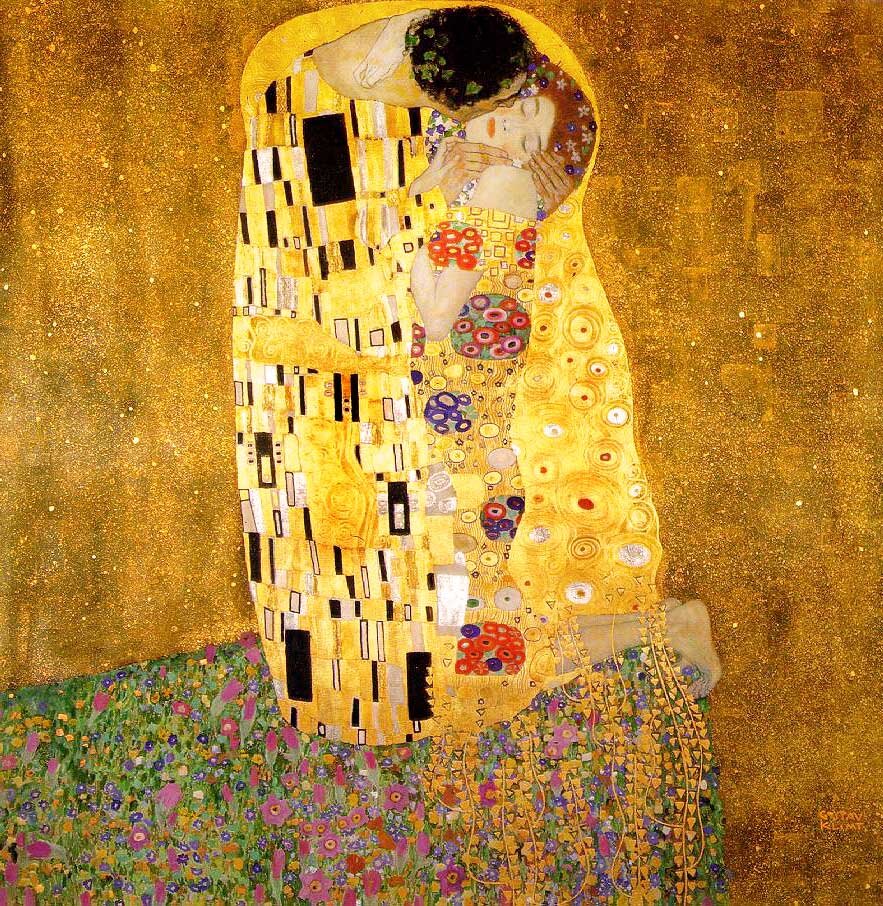
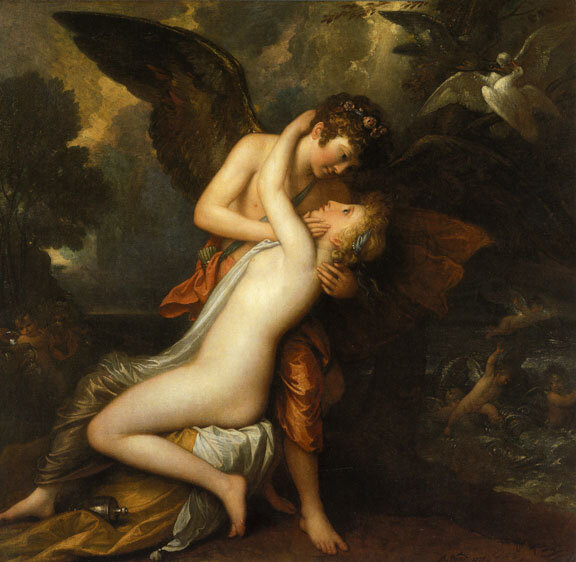
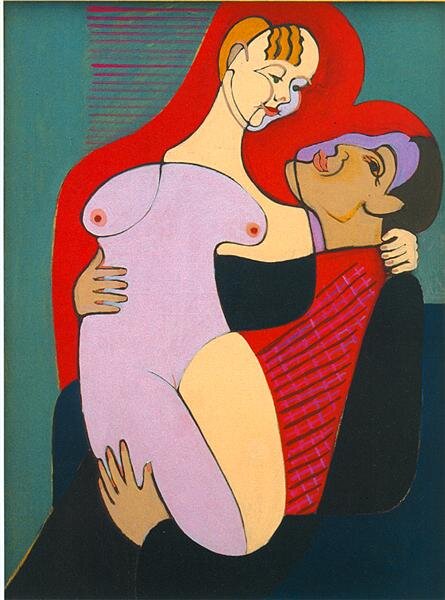
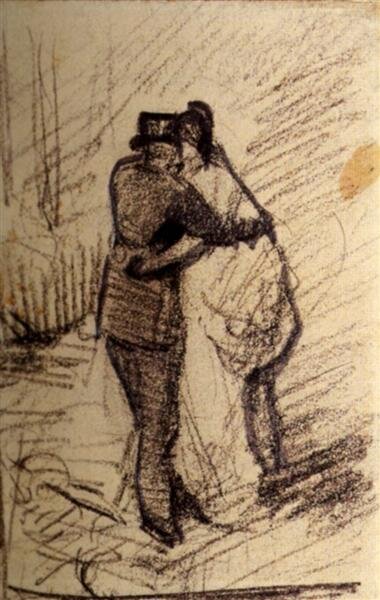
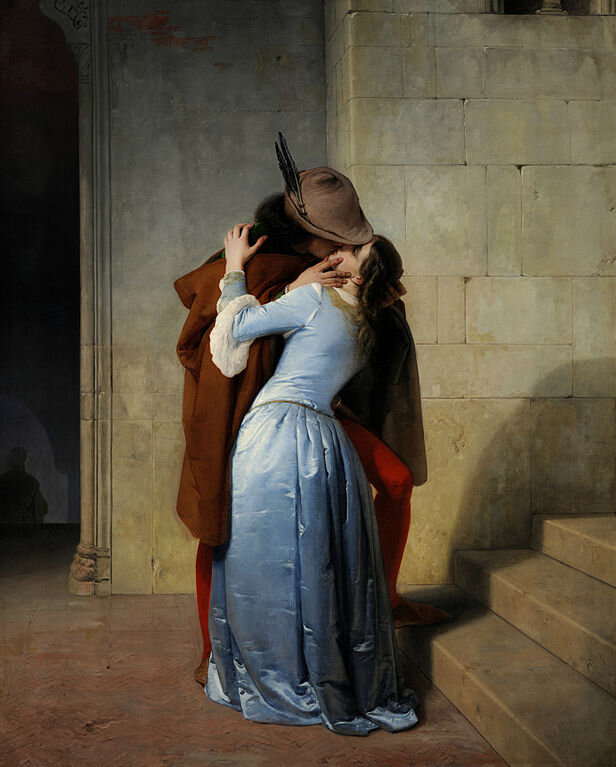
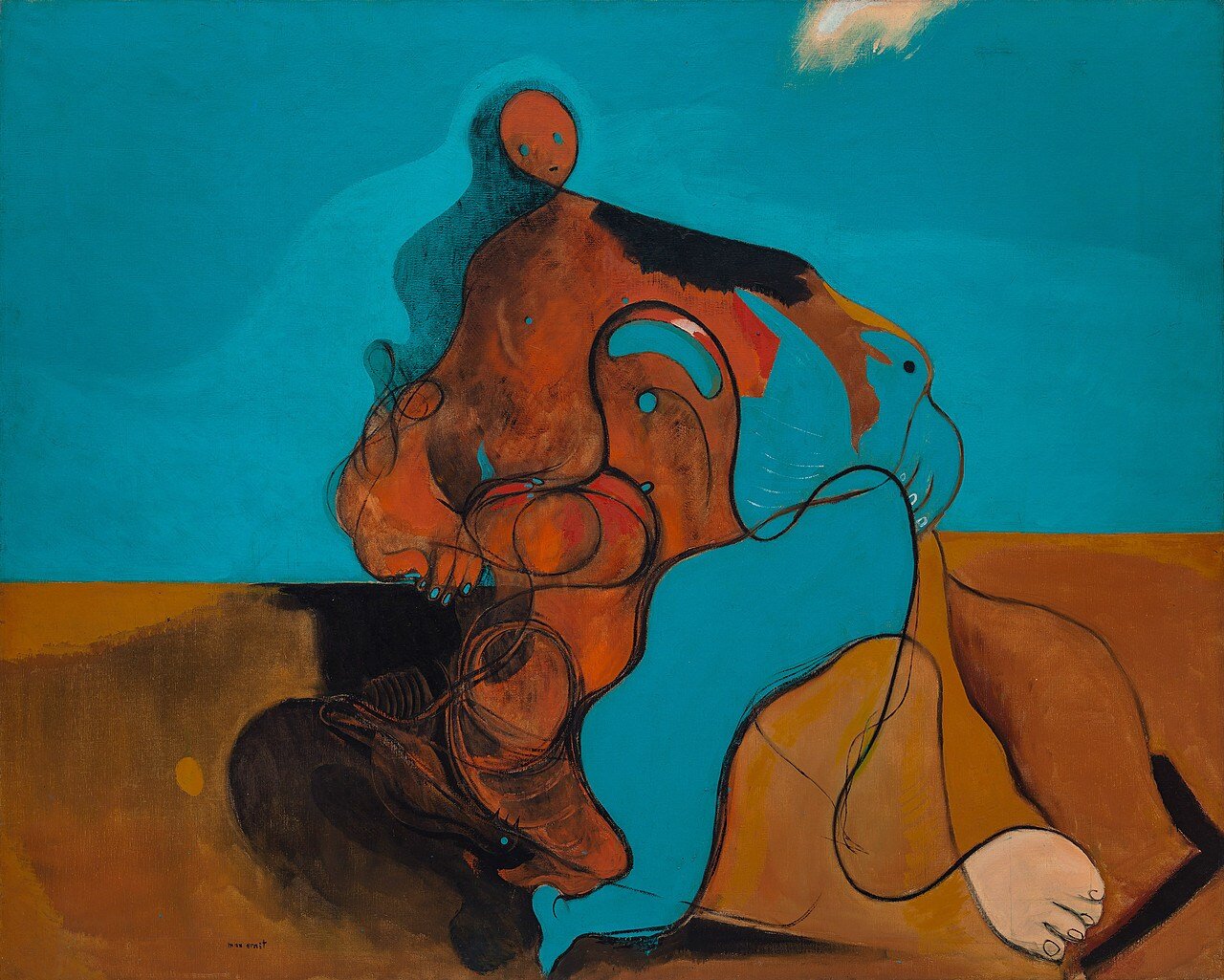

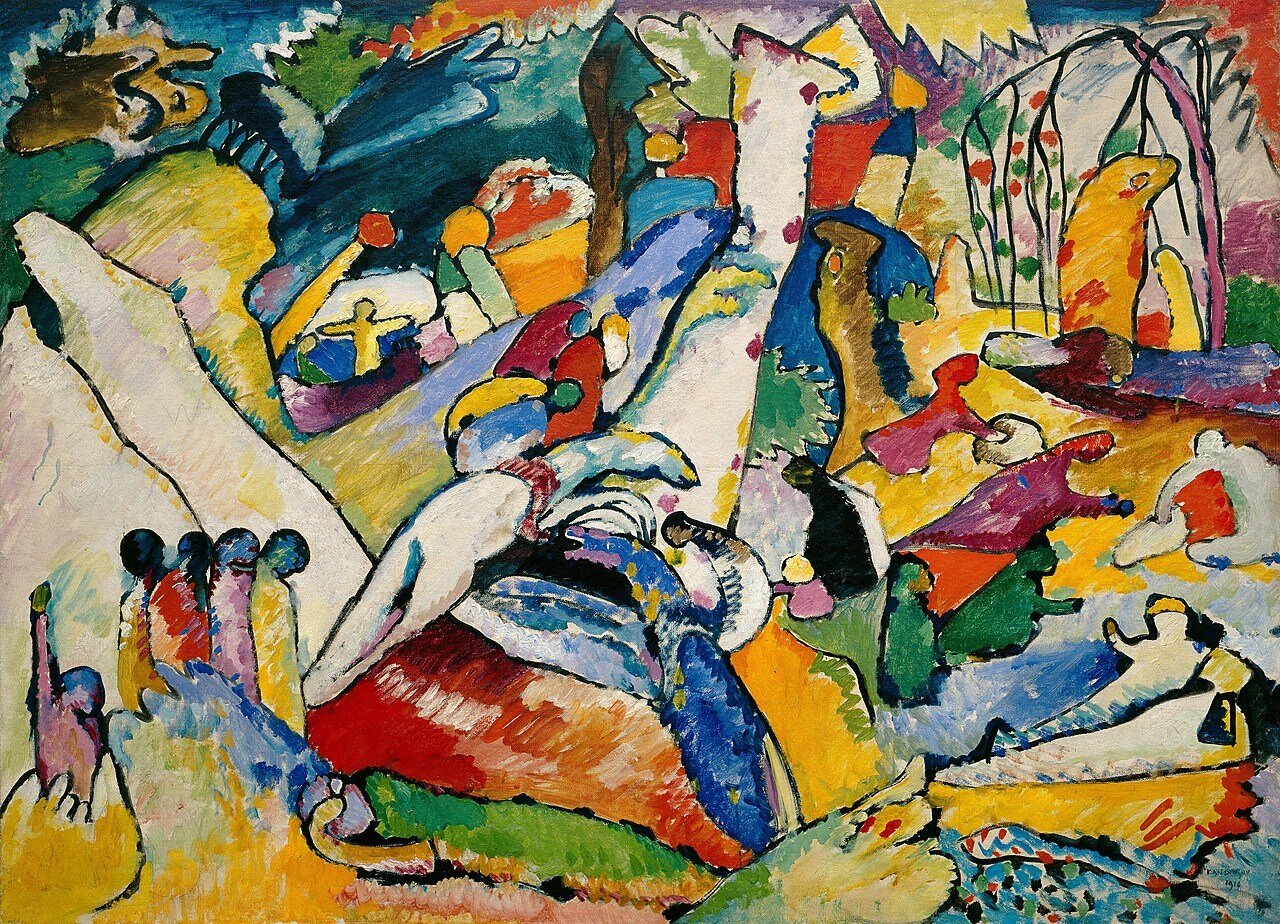
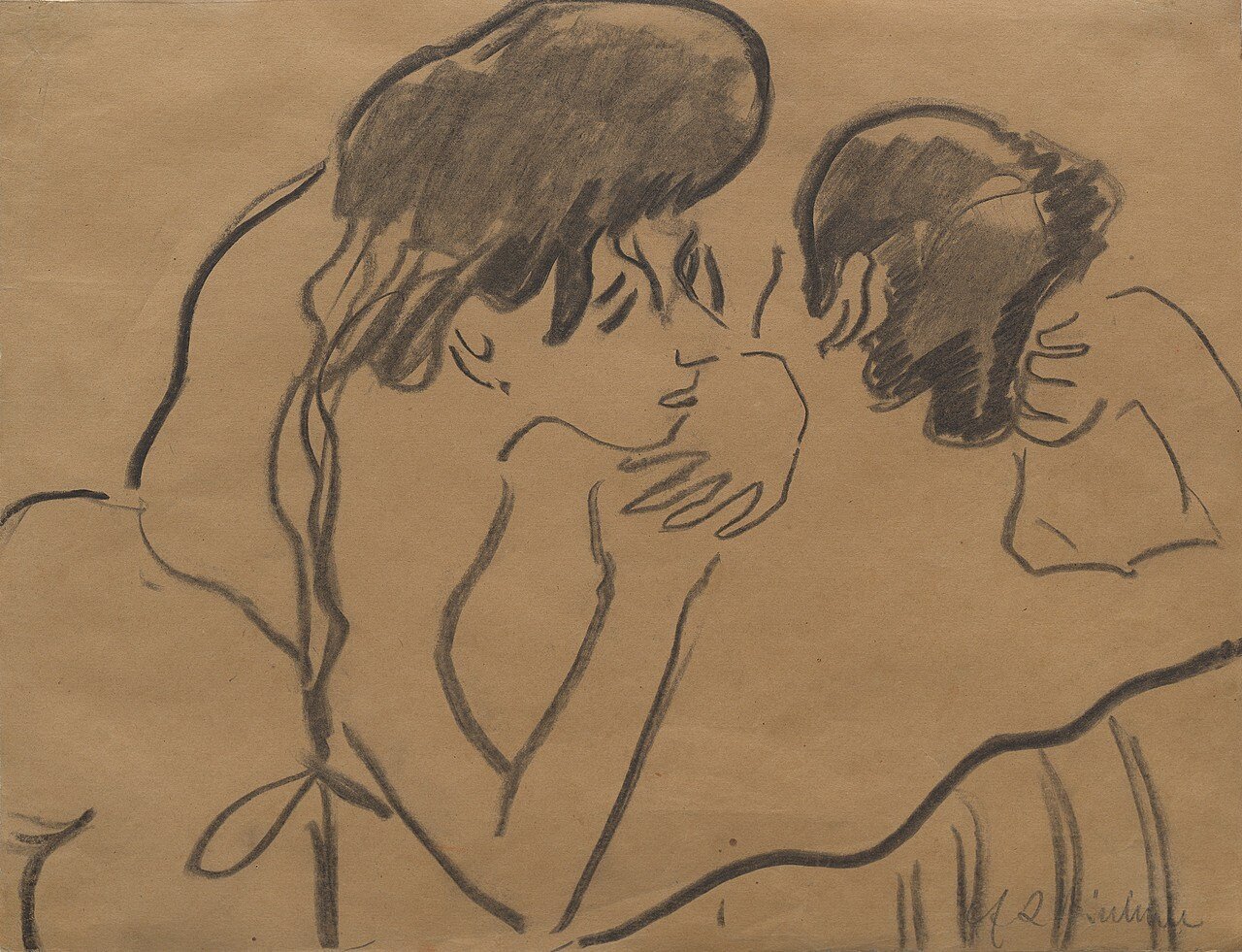
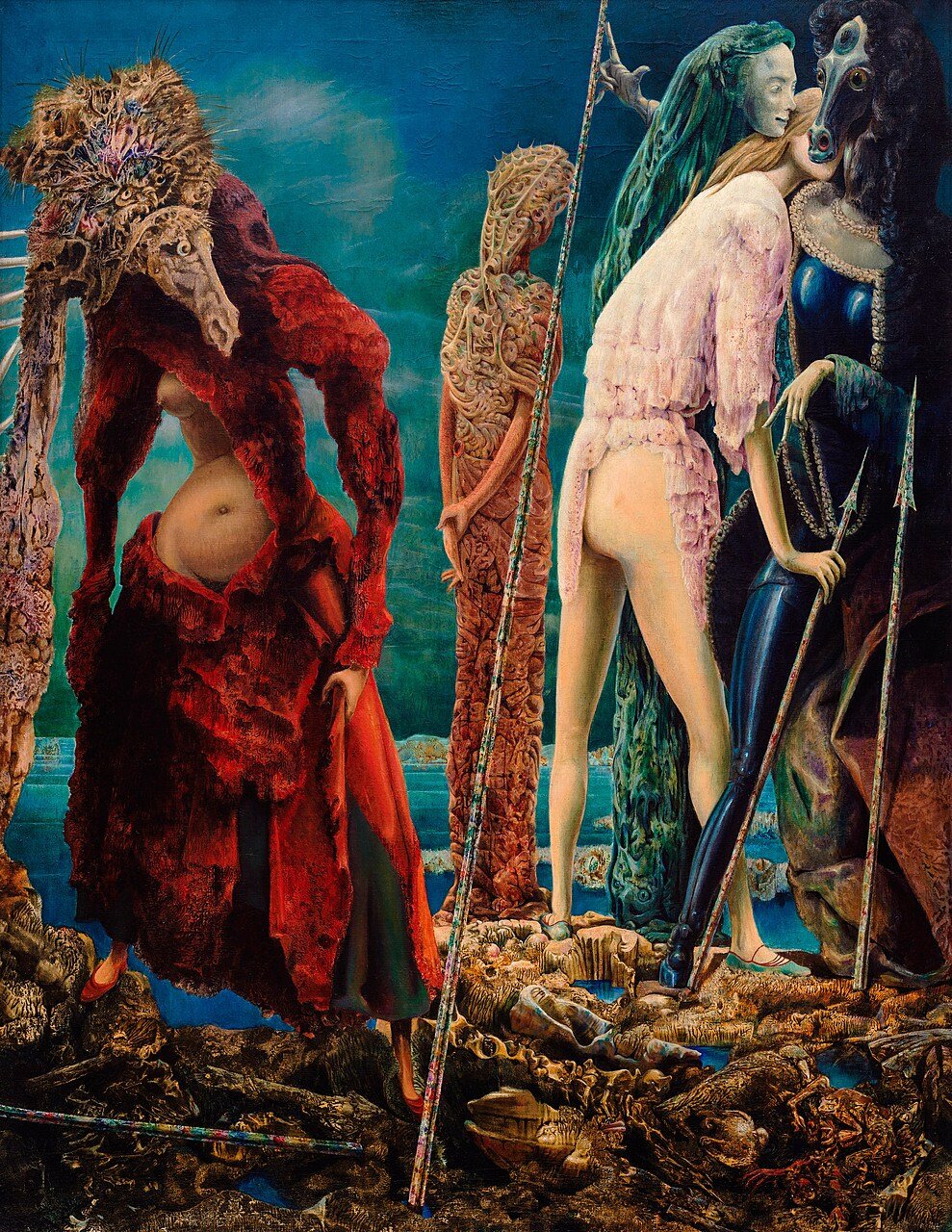
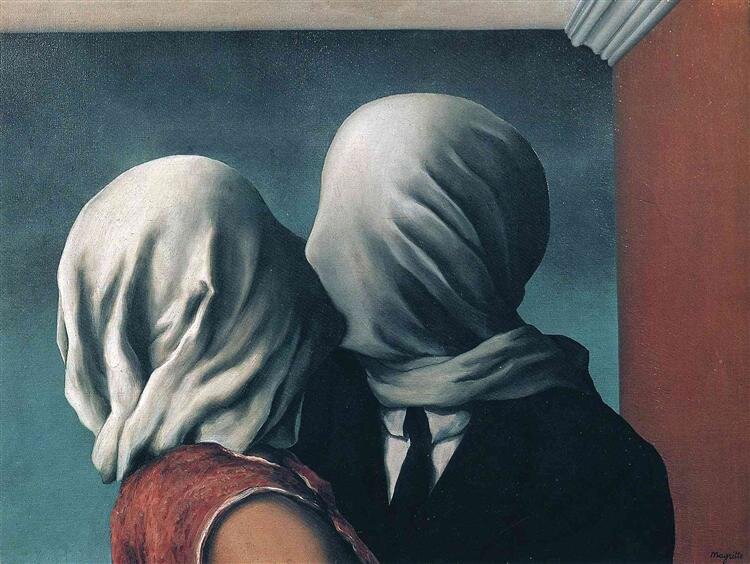

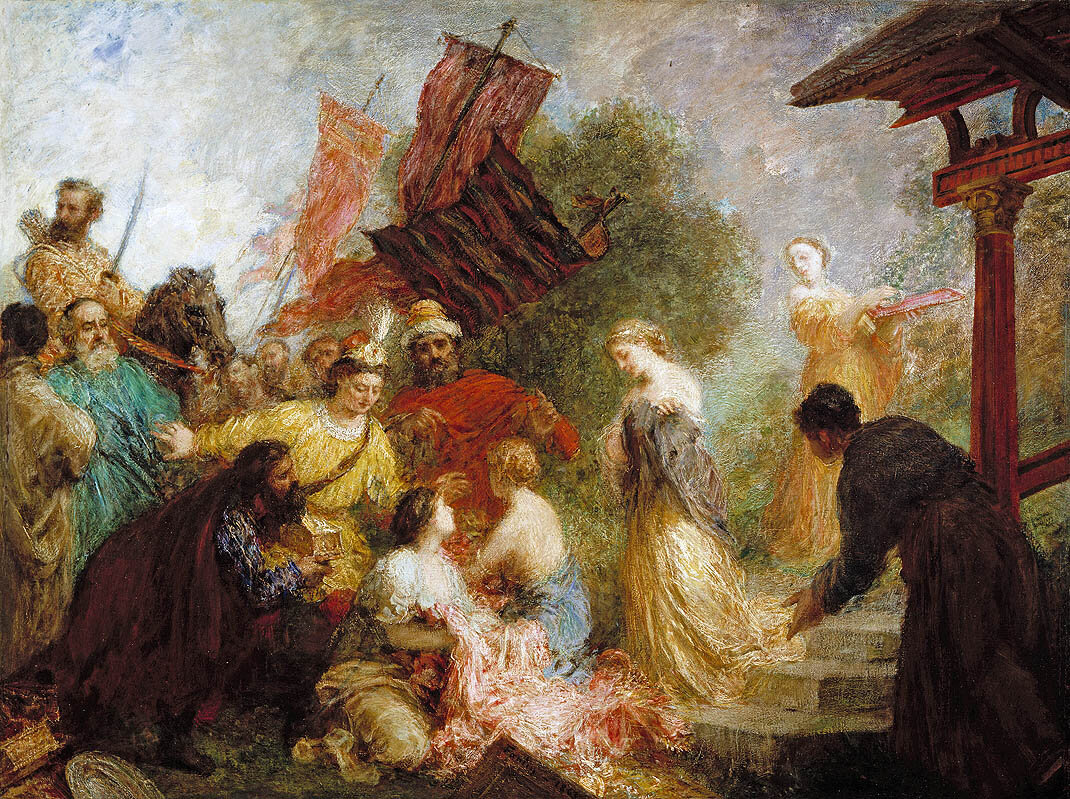
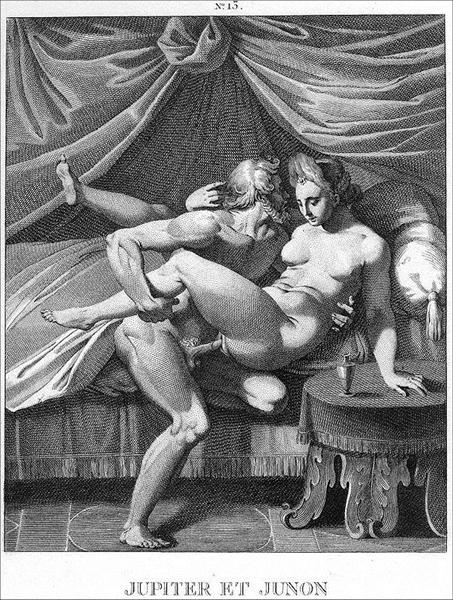
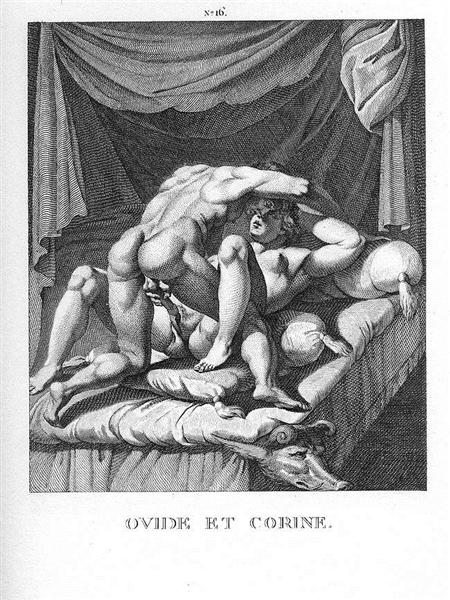
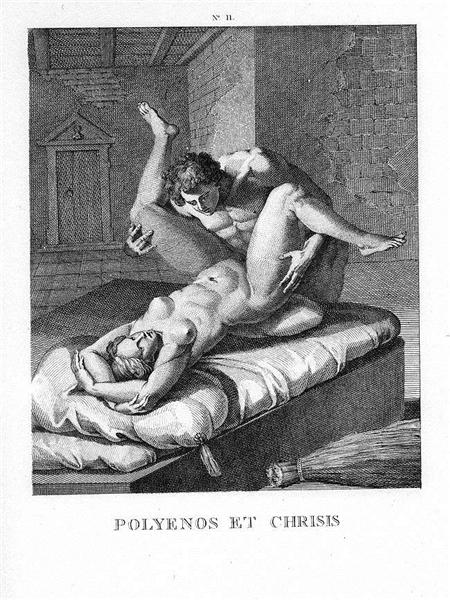
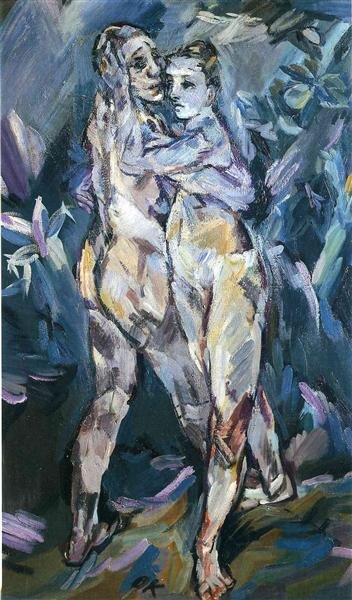

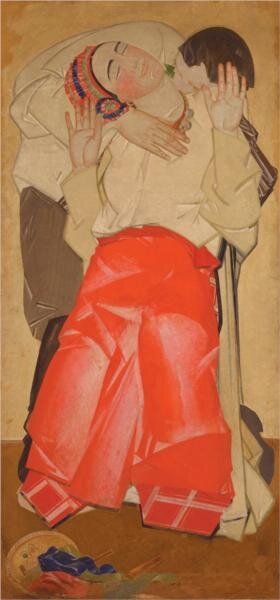
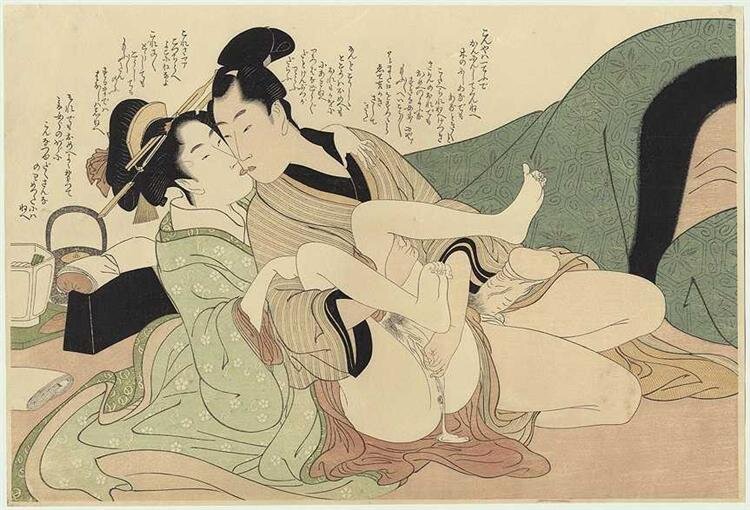
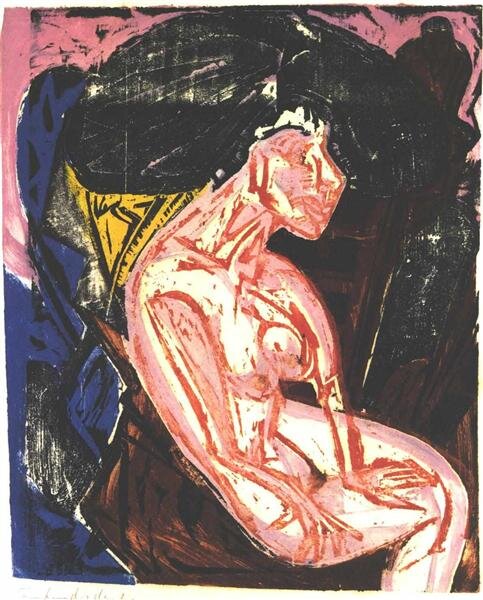

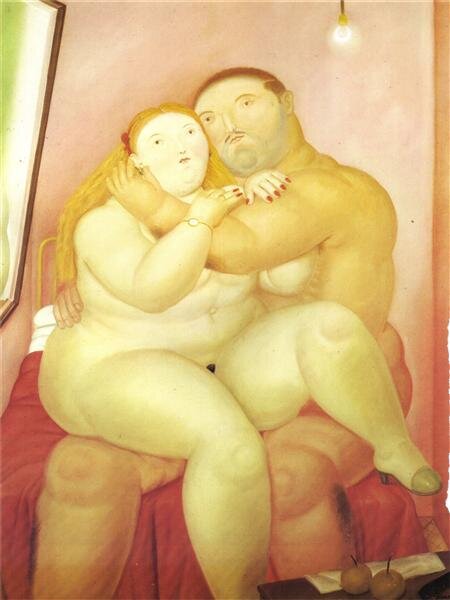
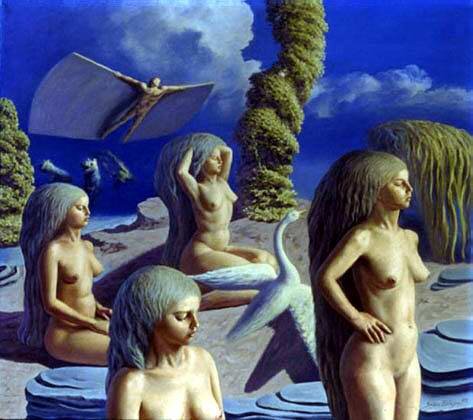
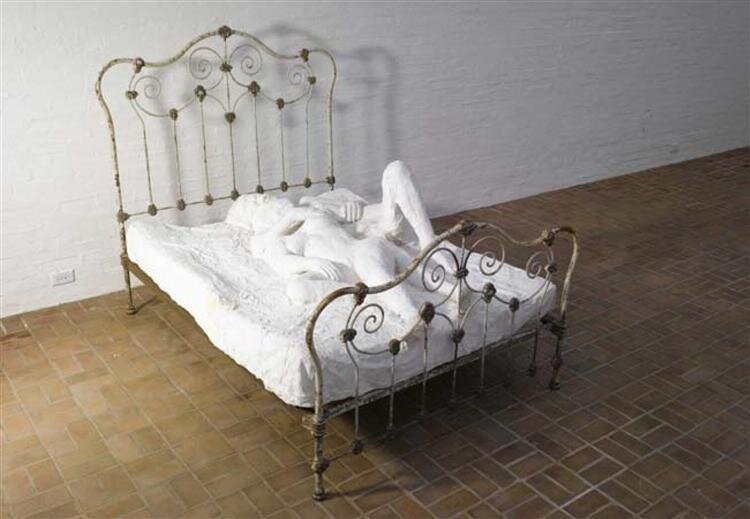
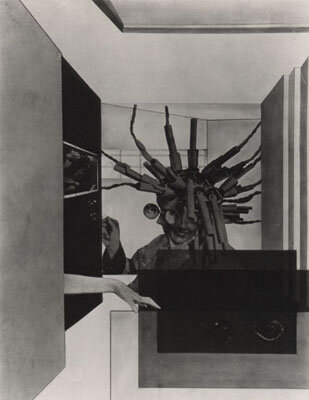
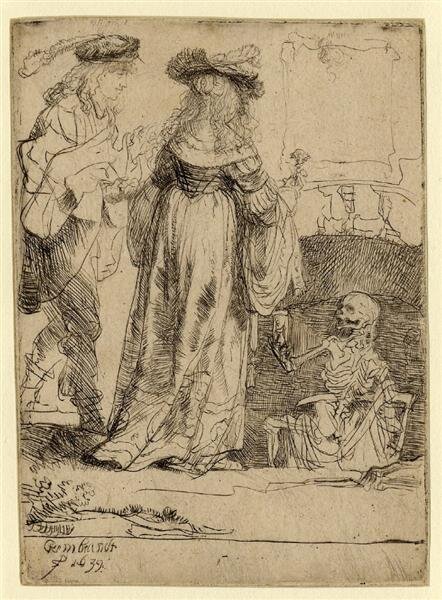
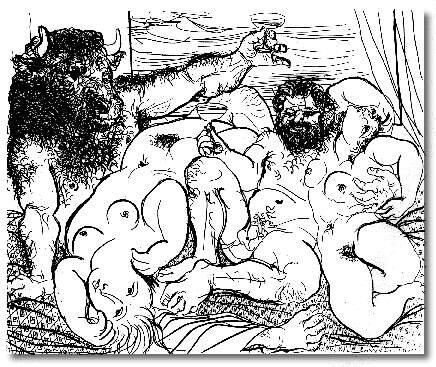

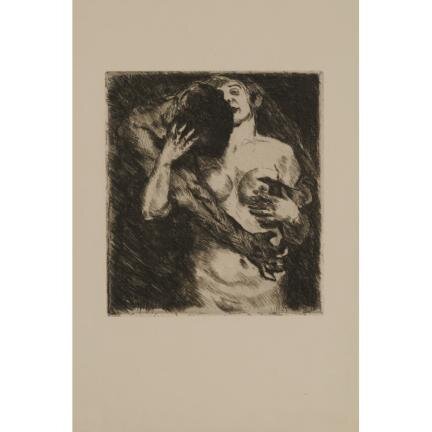
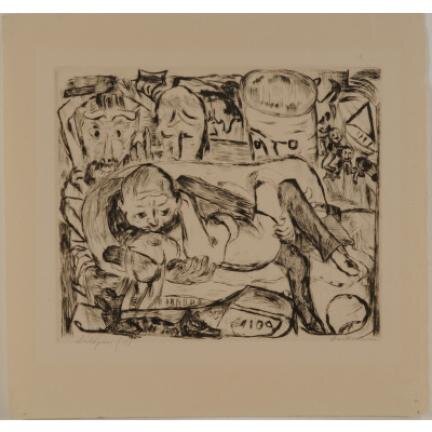
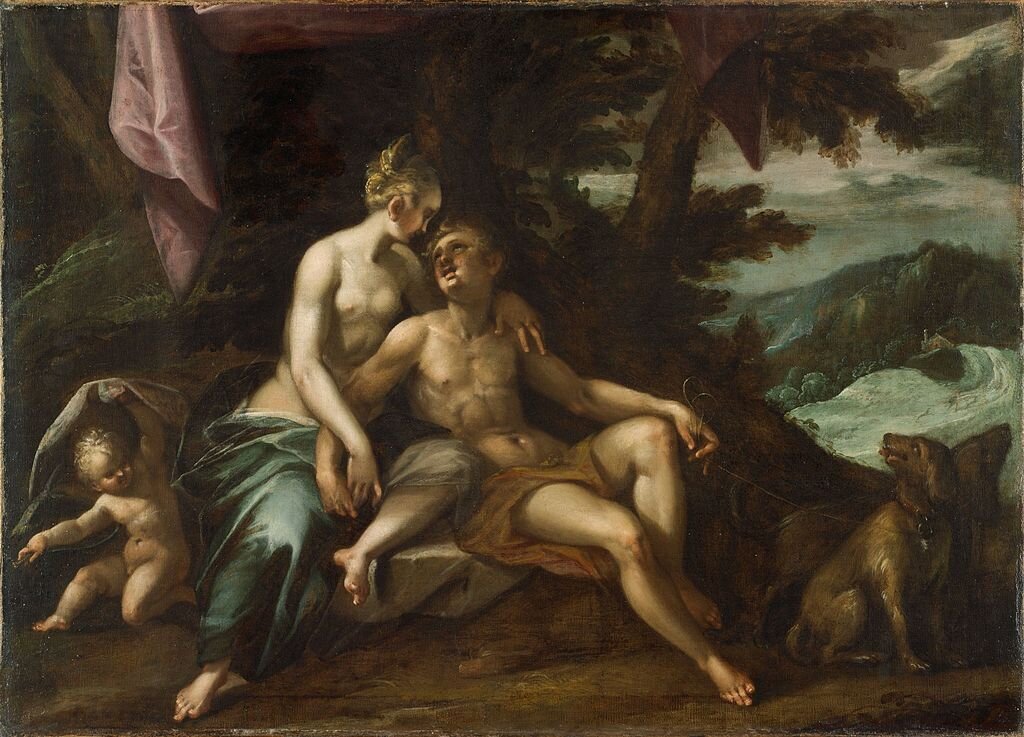
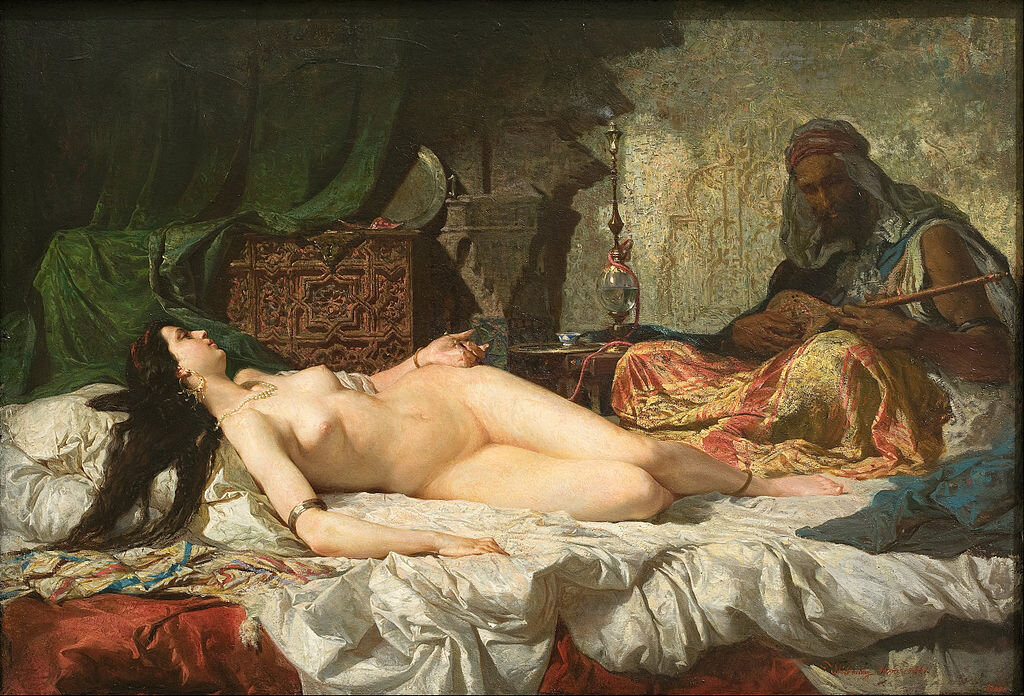




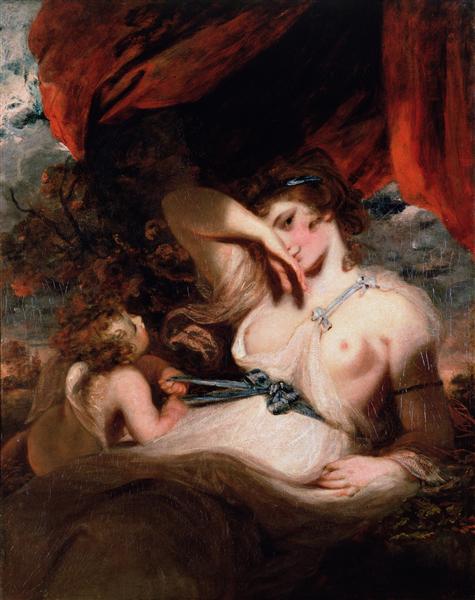
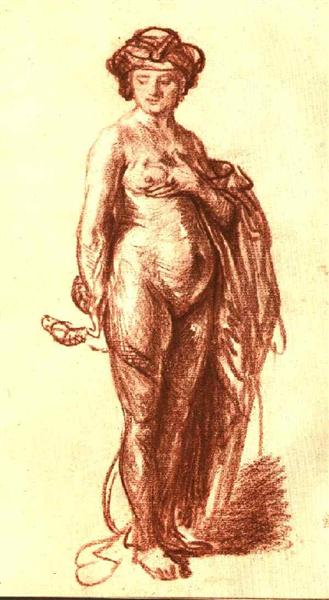


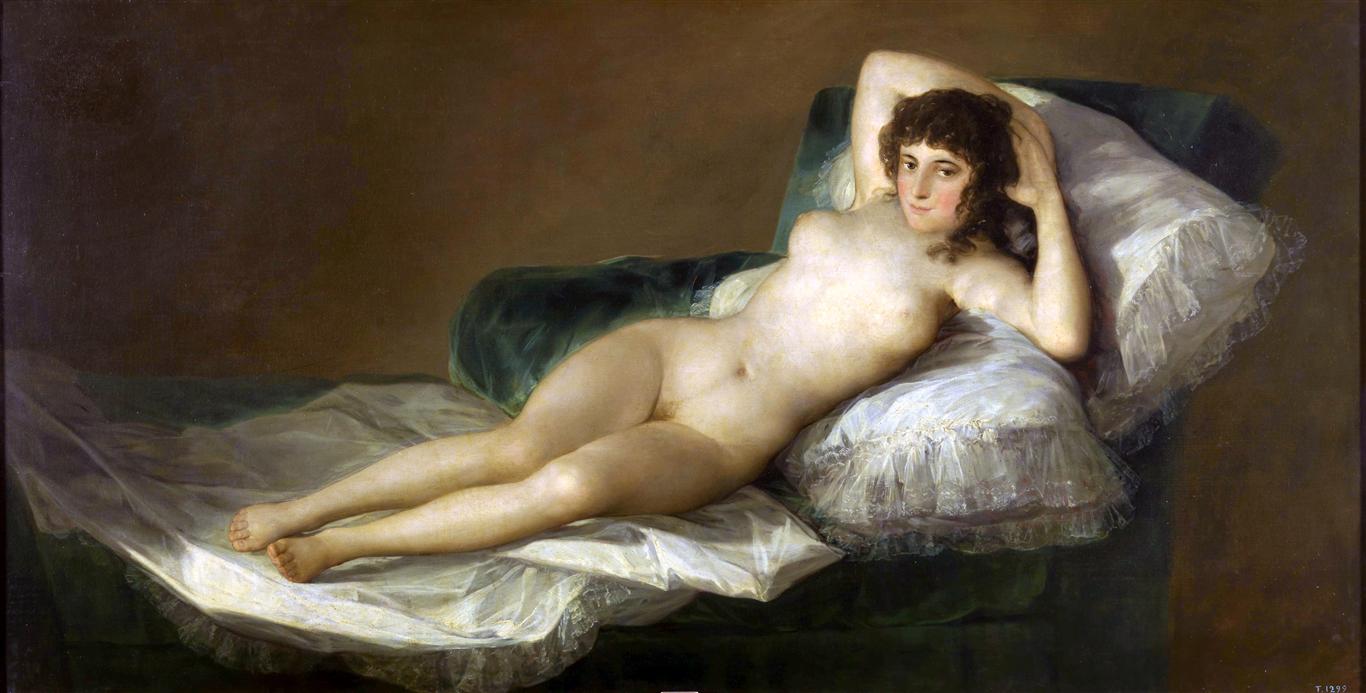
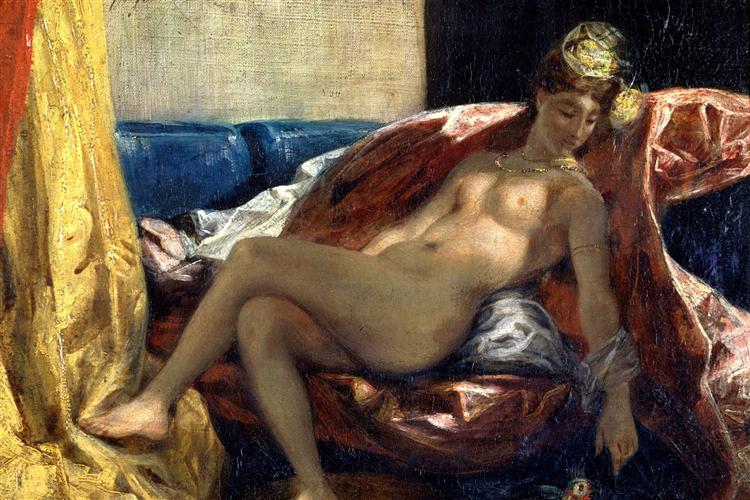
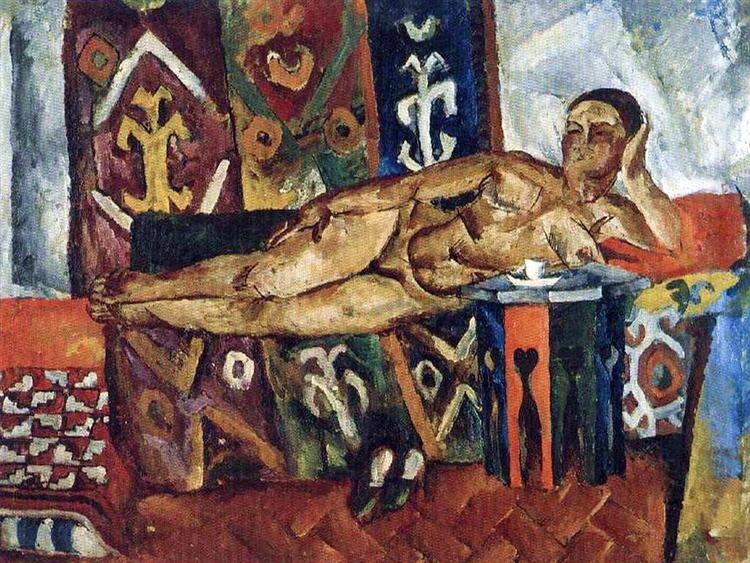
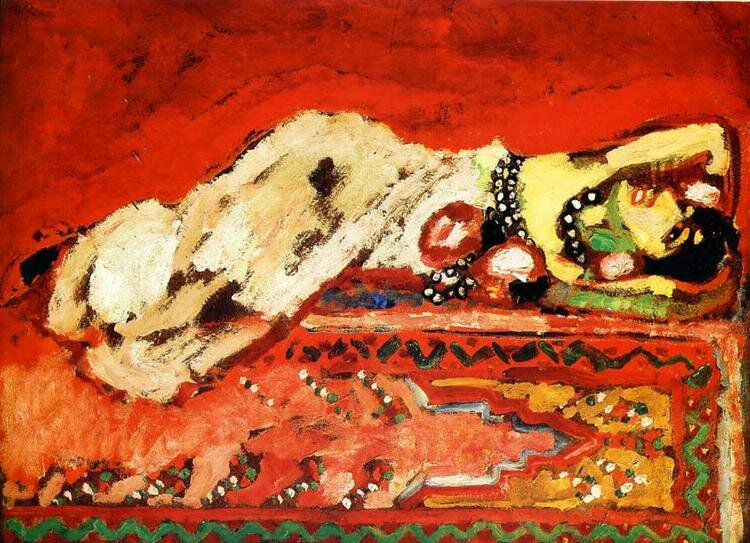
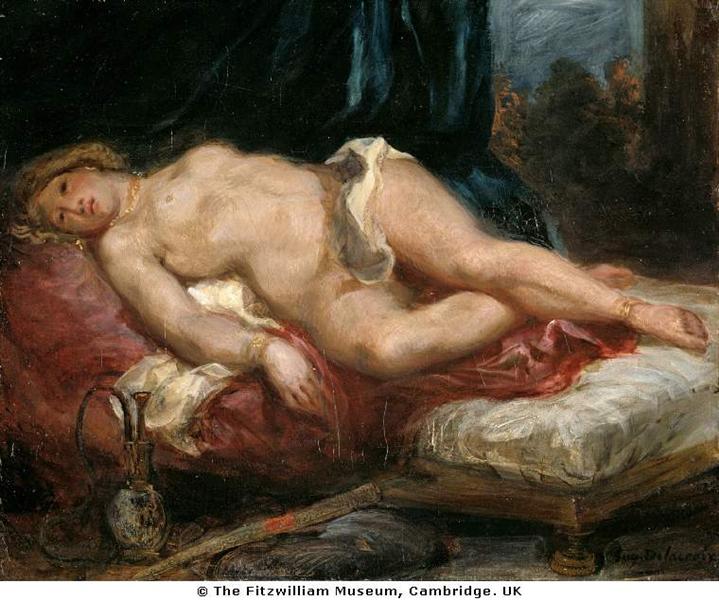
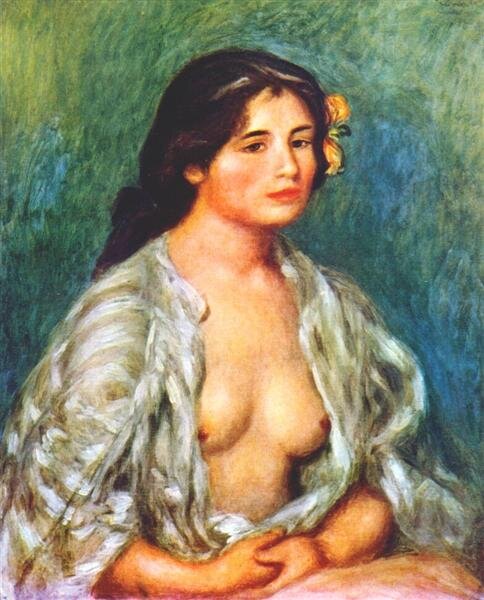
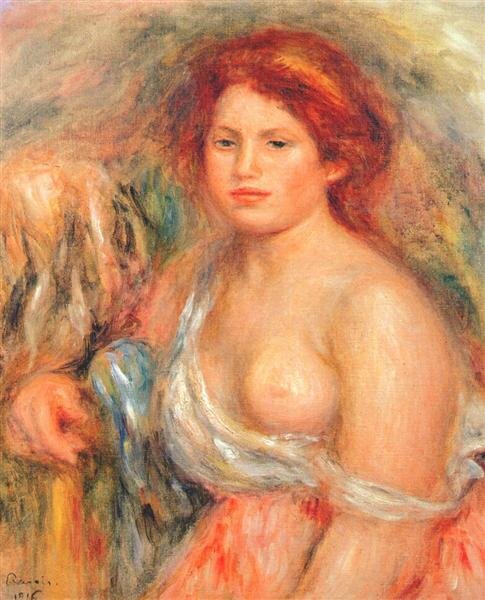


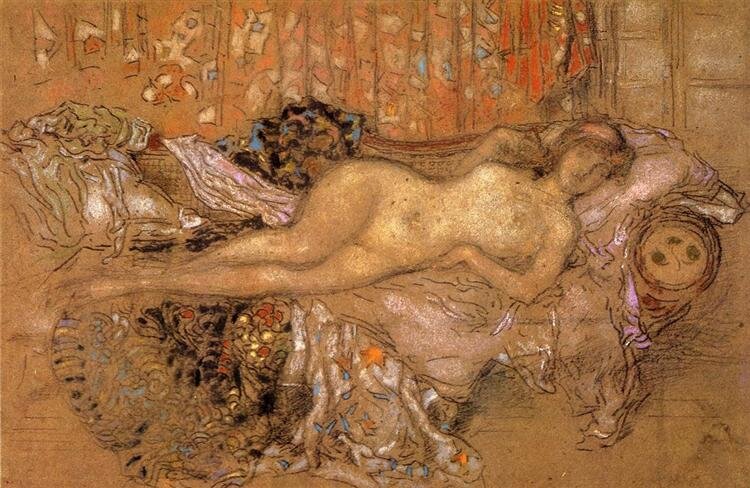
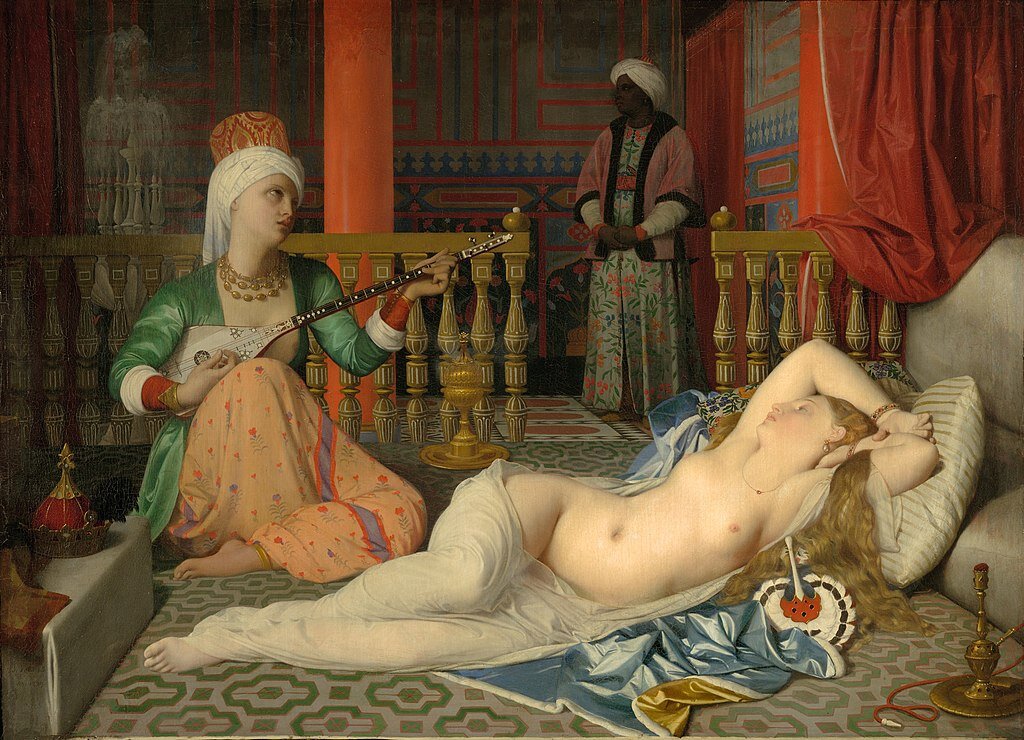
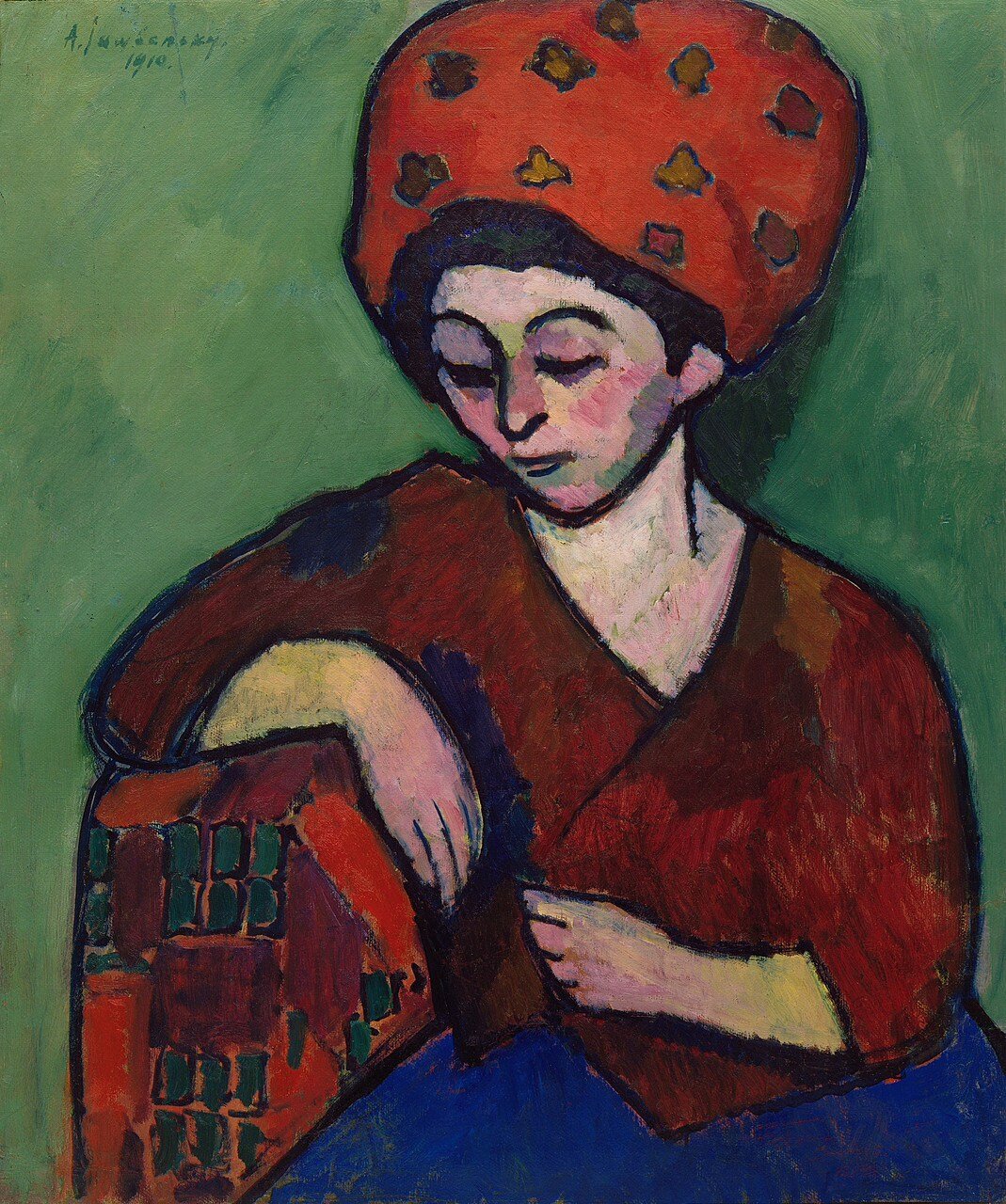
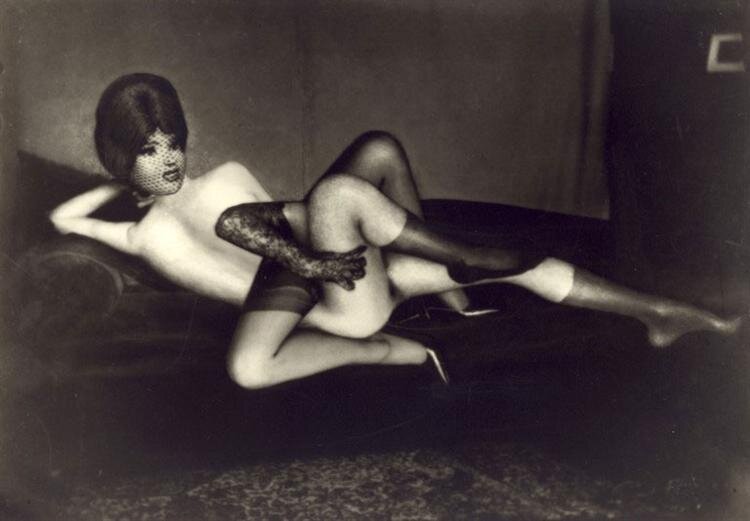
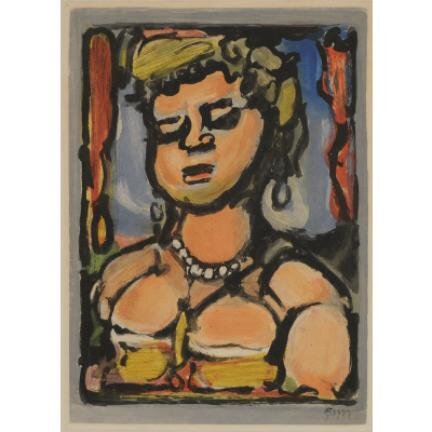
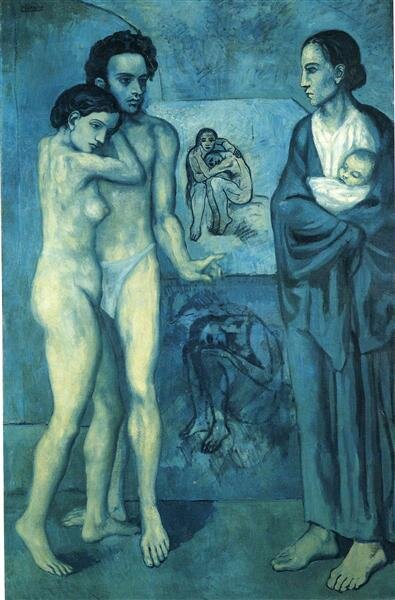
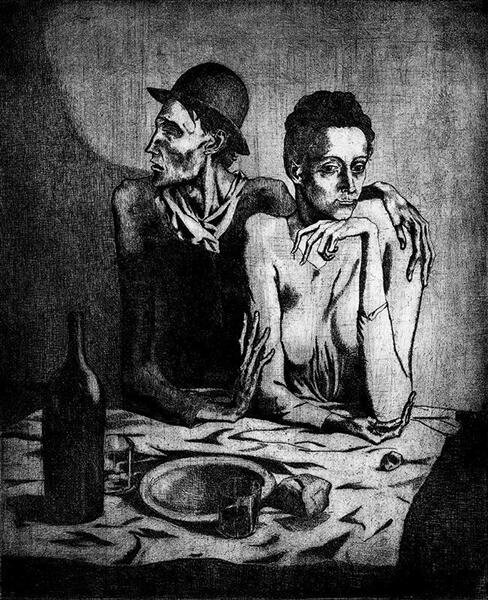

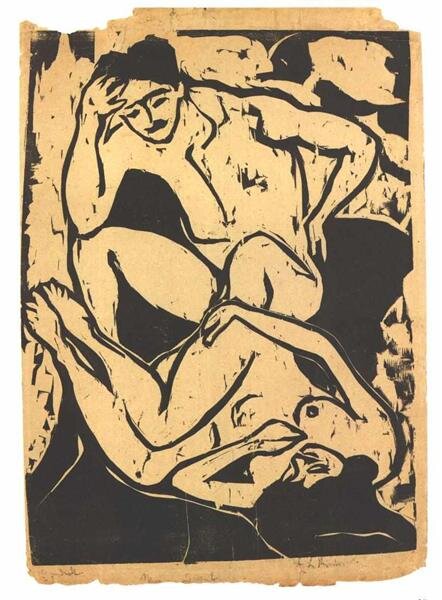

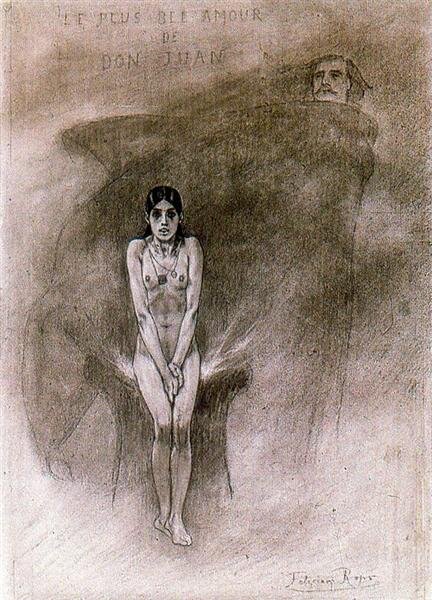

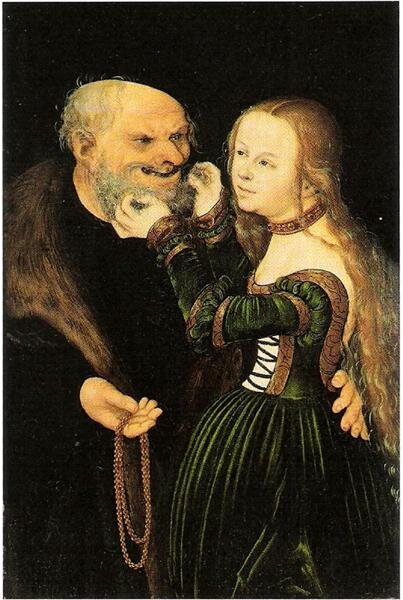
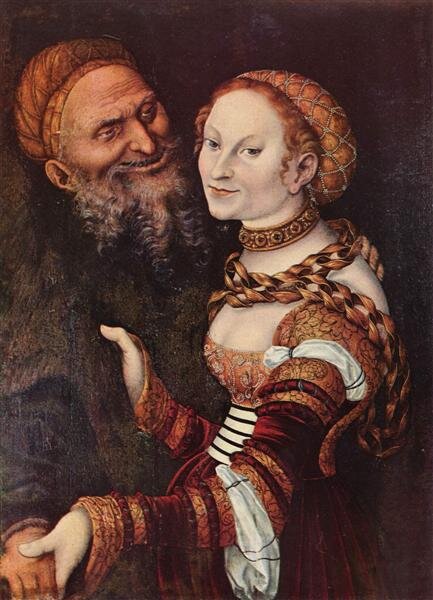
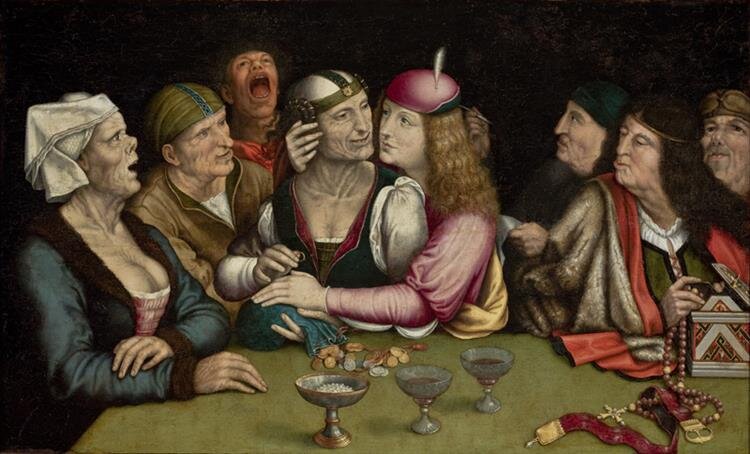
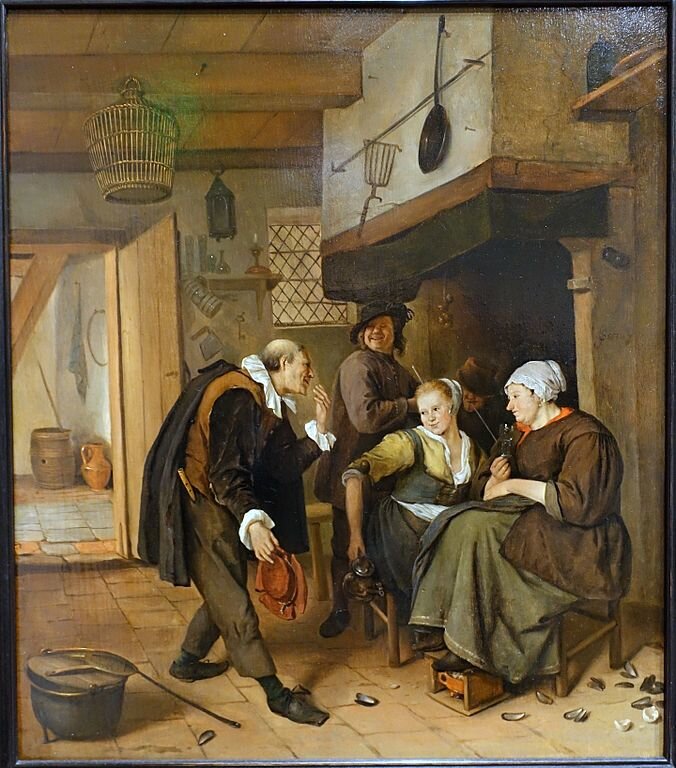


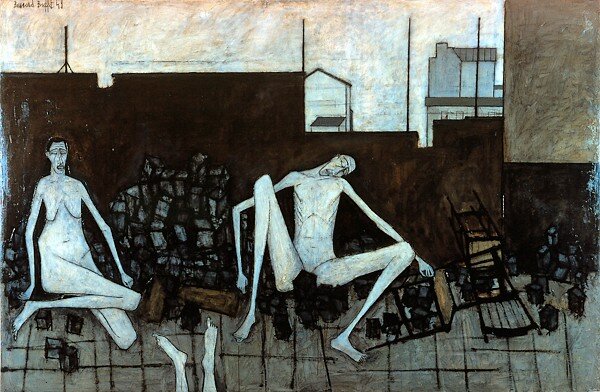

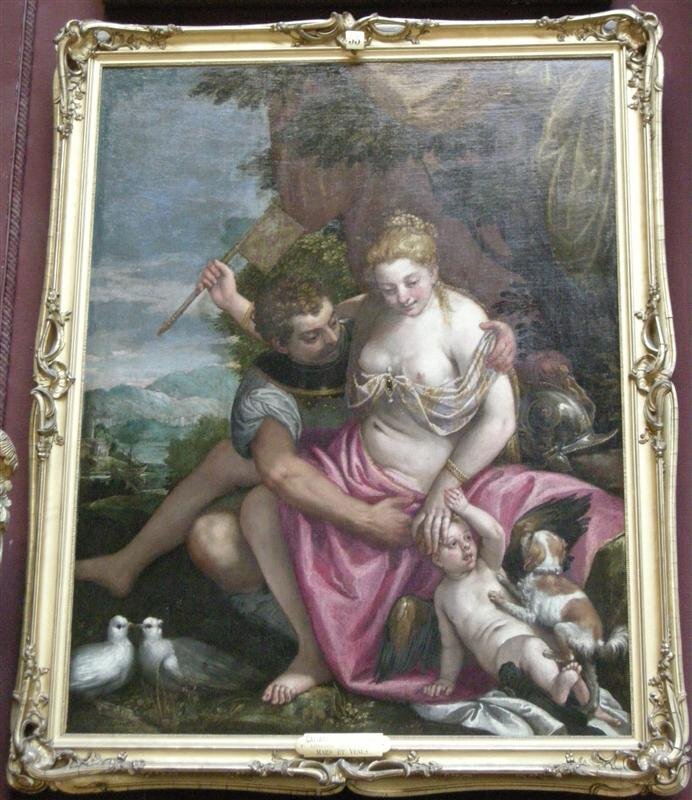
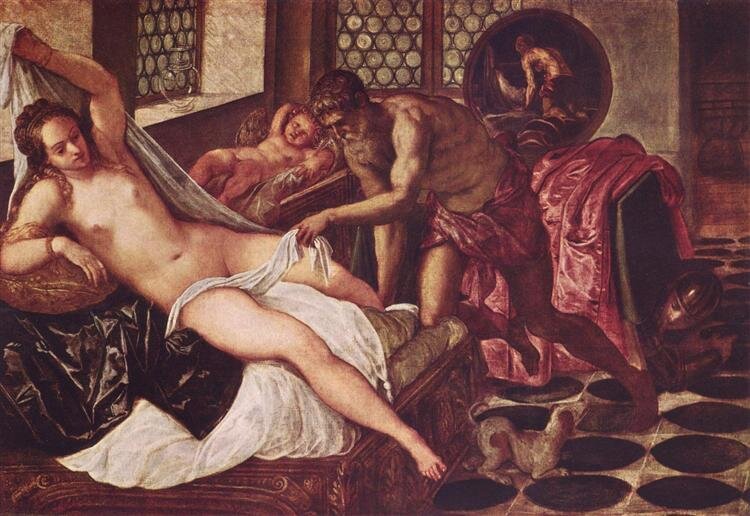

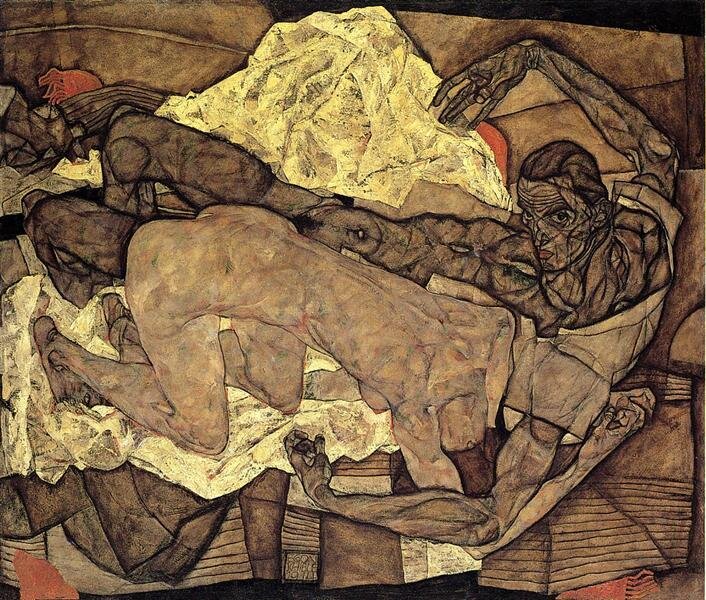

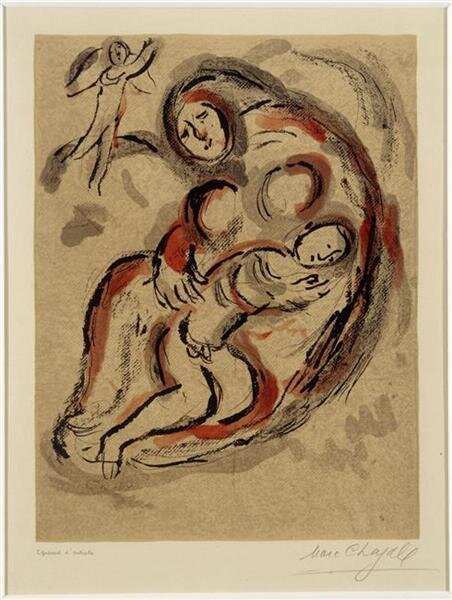
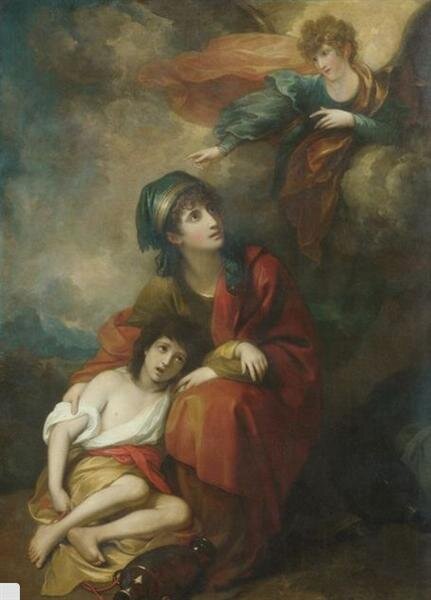
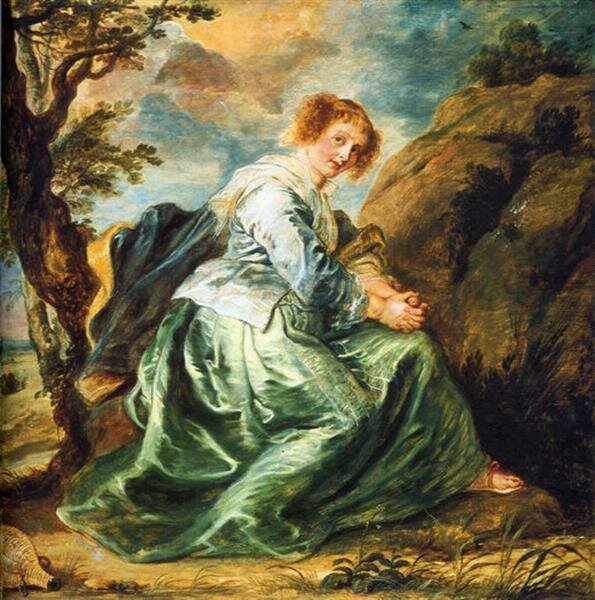

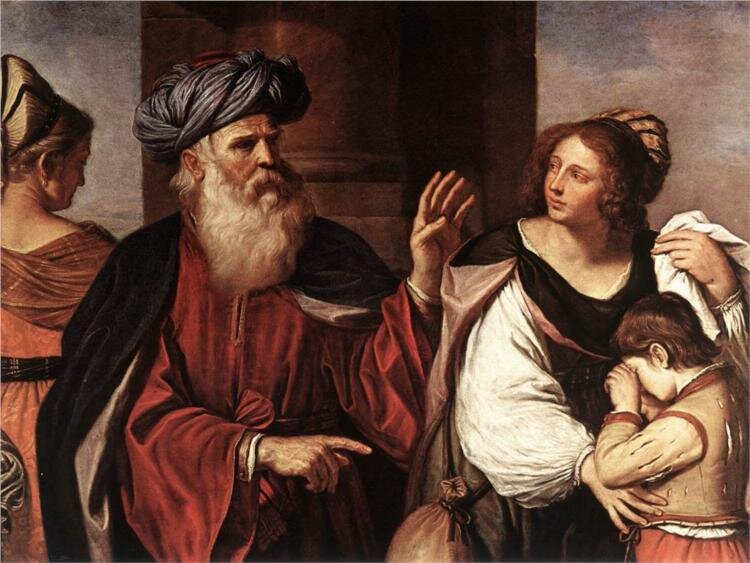

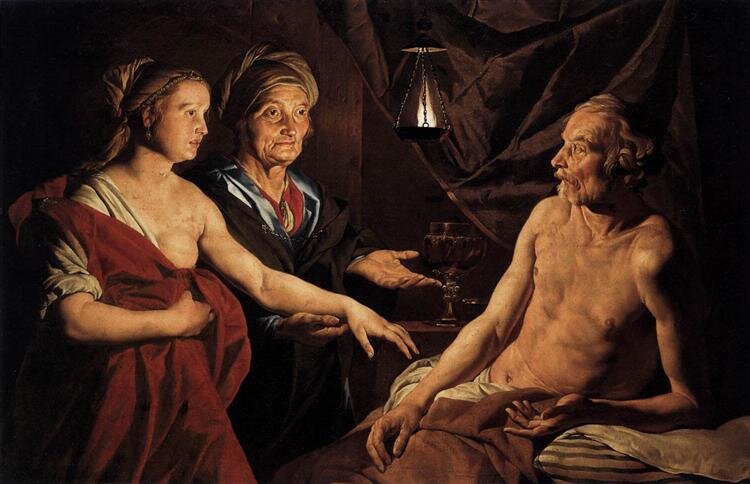
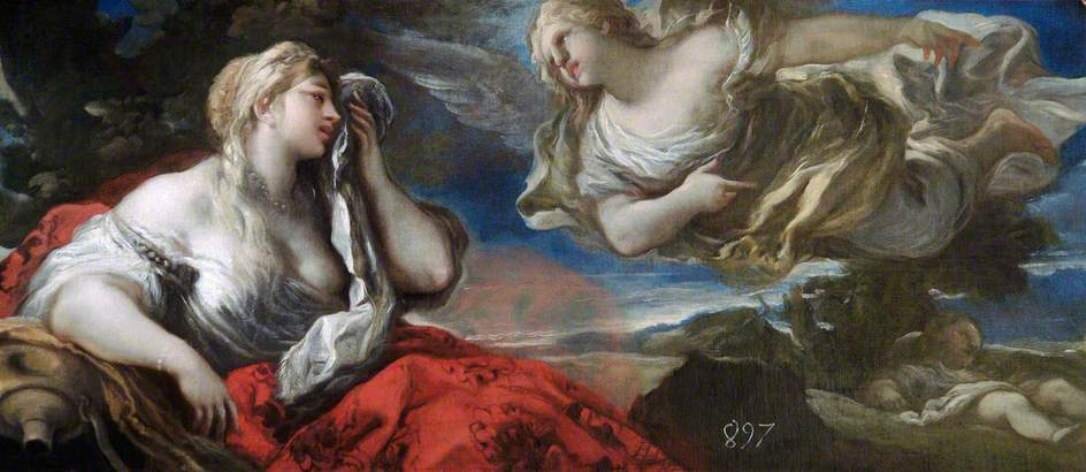
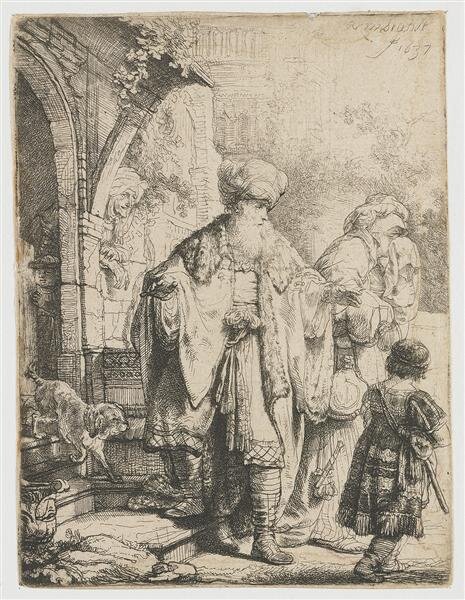
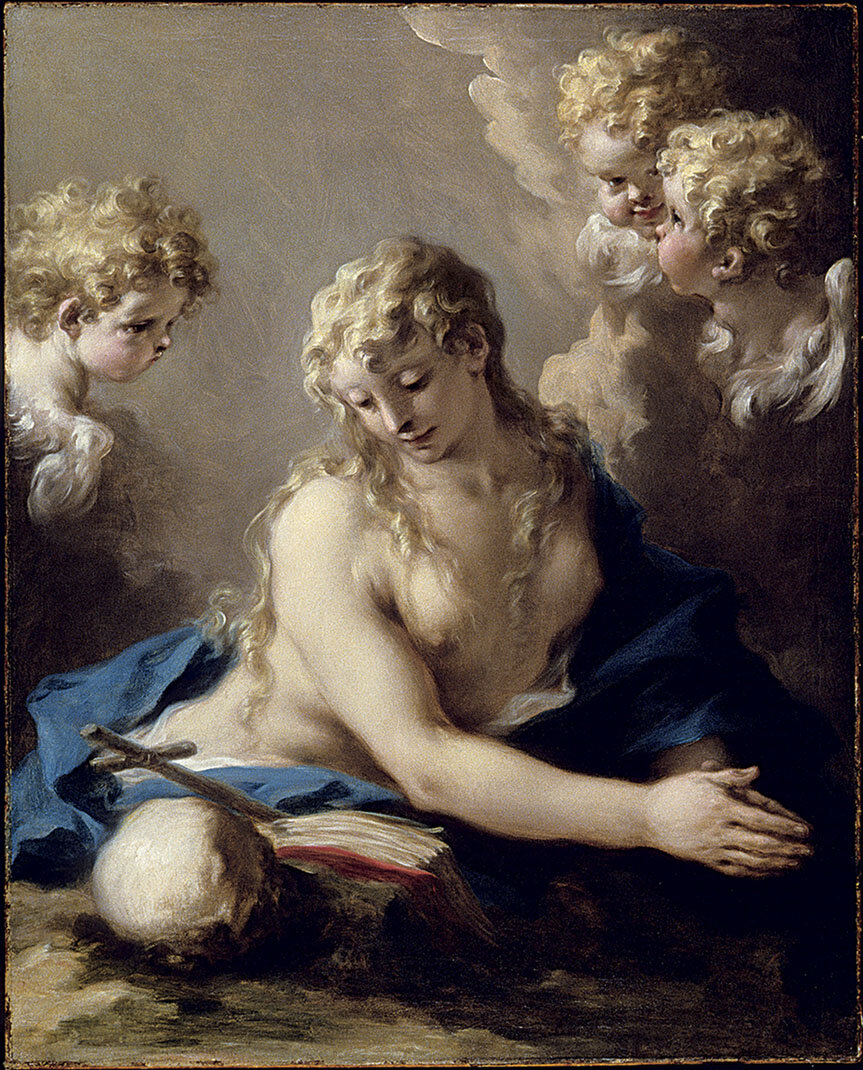


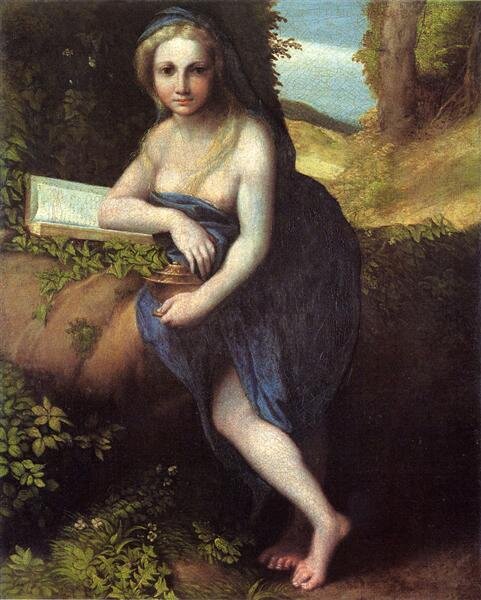

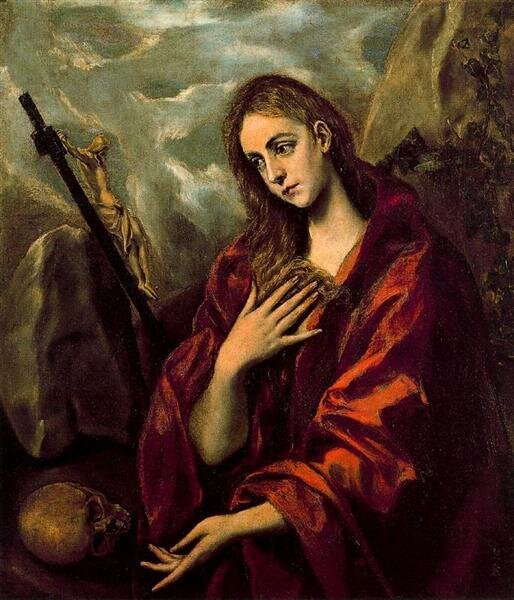


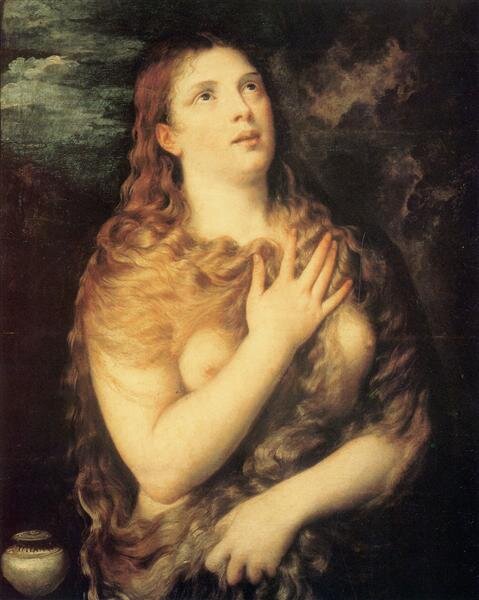
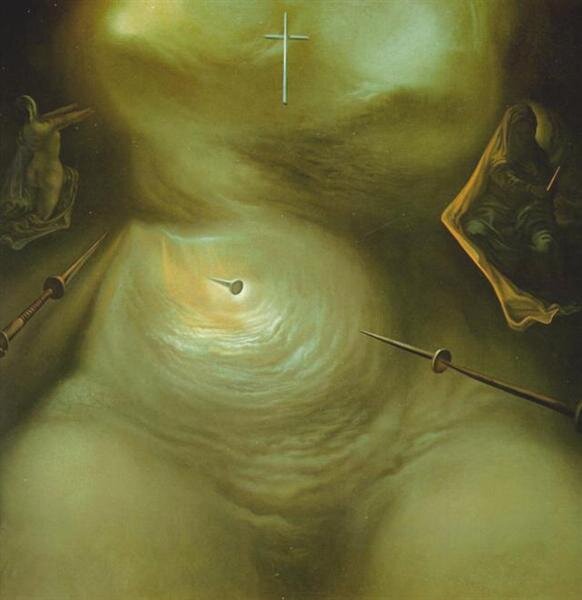
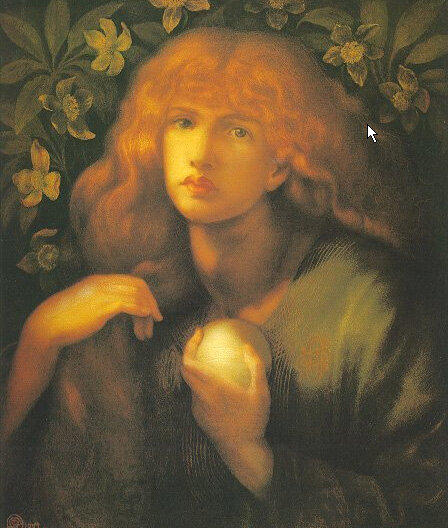
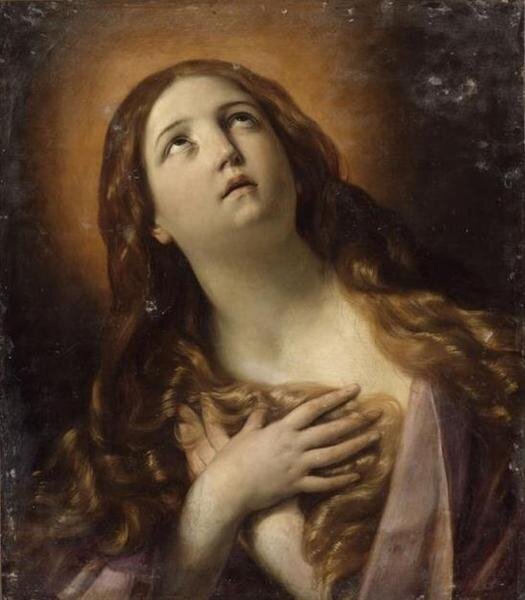
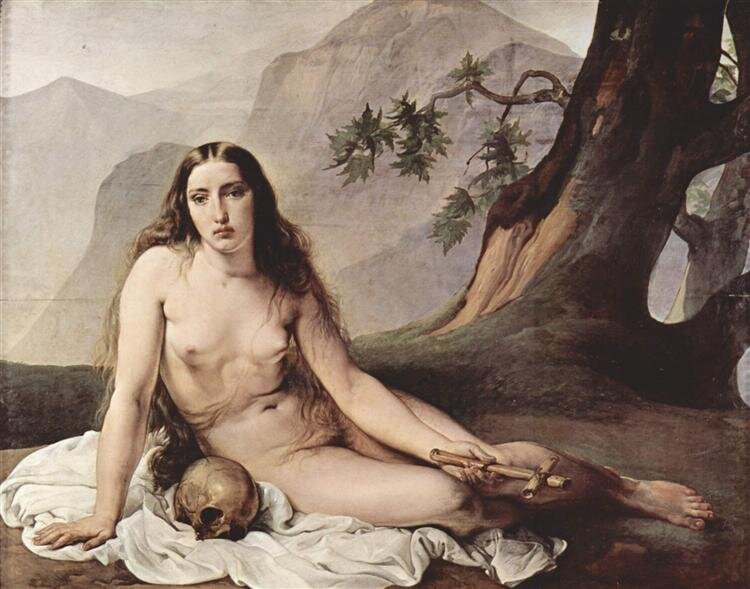

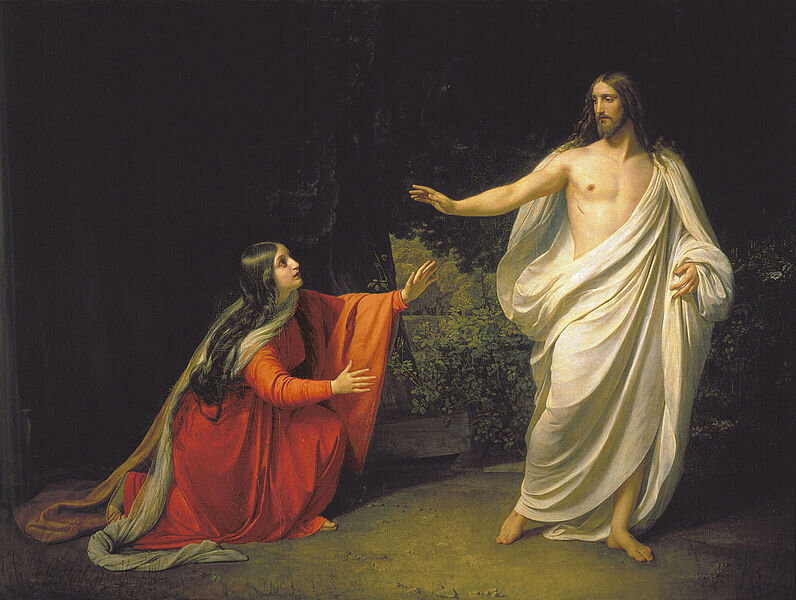
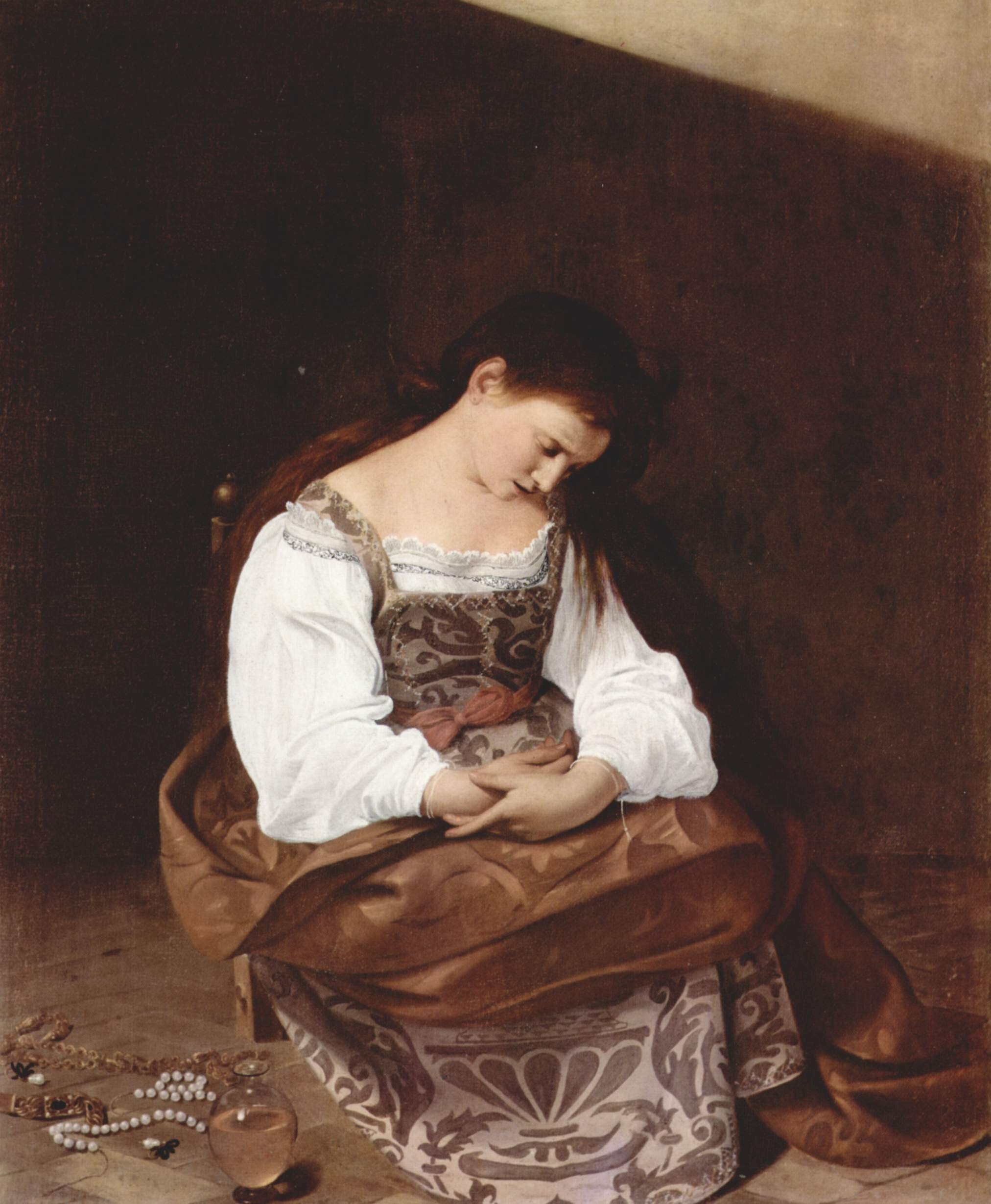


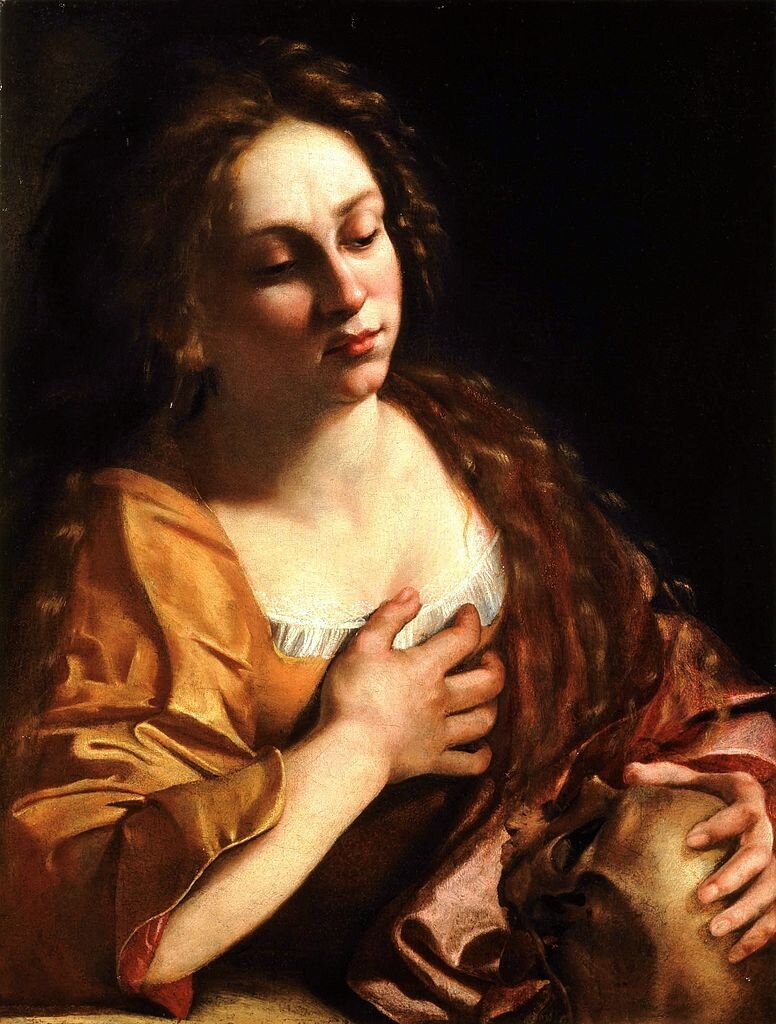
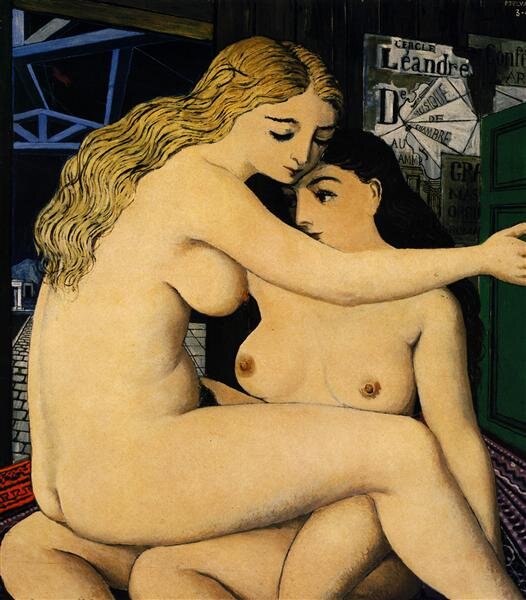

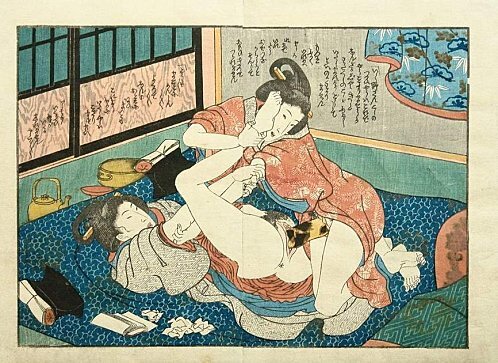
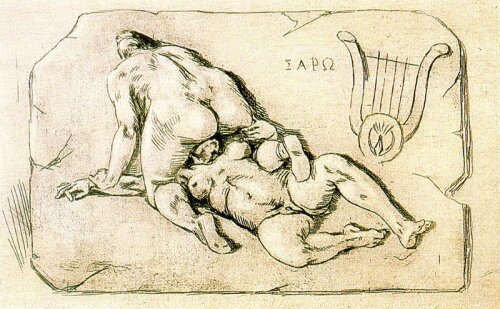

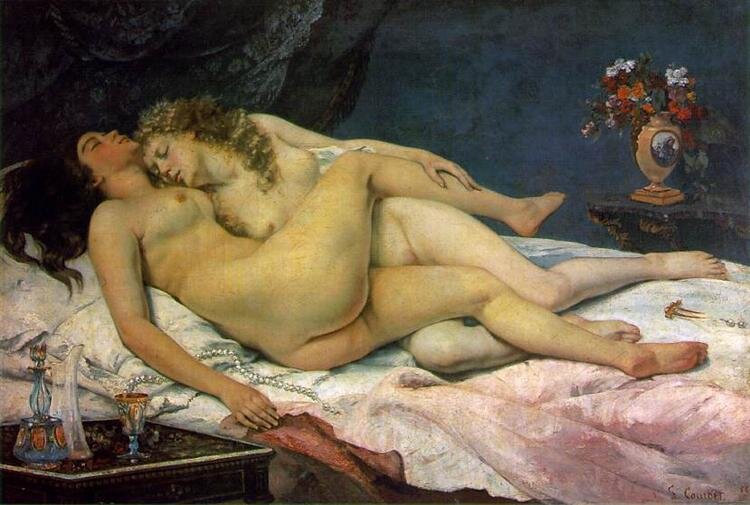
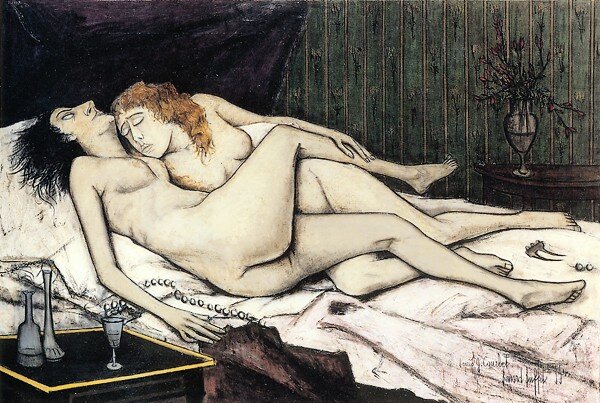




Vincent van Gogh, 1886; Paris, France: Van Gogh Museum, Amsterdam, Netherlands

Max Ernst, 1927, The Solomon R. Guggenheim Foundation, Peggy Guggenheim Collection, Venice, 1976

Edvard Munch, 1896, Solomon R. Guggenheim Museum, New York Estate of Karl Nierendorf, By purchase

Vasily Kandinsky, 1909-10, Solomon R. Guggenheim Museum, New York Solomon R. Guggenheim Founding Collection

Ernst Ludwig Kirchner, c.1908, Solomon R. Guggenheim Museum, New York Estate of Karl Nierendorf, By purchase

Max Ernst, 1942, The Solomon R. Guggenheim Foundation, Peggy Guggenheim Collection, Venice, 1976

Musee des Beaux Arts de Montreal
Henri Fantin-Latour , Grenoble 1836 – Buré, France, 1904
1863
Oil on canvas
98.5 x 131.5 cm
Purchase, John W. Tempest Fund, inv. 1936.658
This ambitious canvas represents, according to the artist’s widow, “a young fairytale princess” who “descends the steps of a fantasy palace and sees before her a young prince charming with his retinue, offering her precious gifts.” What was viewed as the painting’s unfinished appearance—created by its sketchy brushwork—kept it out of the official exhibitions, but it was included in the famous Salon des Refusés in 1863 alongside avant-garde works by the future Impressionists. Among those misunderstood artists were Manet, Cézanne, Pissarro and the American McNeill Whistler, who became the owner of this picture. Fantin-Latour objected to being labelled an Impressionist. His work is at once belatedly Romantic and Symbolist before the fact, and refers to past masters, like the Venetian painters Titian and Veronese, and the Rococo artist Watteau. Neither mythological nor realist, the subject falls in line with the “art for art’s sake” decree of Théophile Gautier. The artist borrowed the flamboyant colouring of Delacroix. Fantin-Latour infused this canvas with a uniquely misty atmosphere. His poetically musical lyricism drew inspiration from the music of Richard Wagner, which he encountered in 1857, putting him well in advance of the craze for Wagnerian opera.

Fedir Krychevsky, 1927, National Art Museum of Ukraine, Kyiv, Ukraine

Pablo Picasso, 1933, Neoclassicism, National Gallery of Australia (NGA), Canberra, Australia

Lovis CORINTH, 1921, Gift of Mr. R. Langstadt, McMaster Museum of Art
Dimensions: Image: 17.9 × 15.9 cm (7 1/16 × 6 1/4 in.) Support: 34.2 x 24.9 cm (13 7/16 x 9 13/16 in.)
Medium: Drypoint on paper

Max Beckmann, 1918, Publisher: Verlag R. Piper & Co., Munich, McMaster Museum of Art
Dimensions: Plate: 21.5 x 25.7 cm (8 7/16 x 10 1/8 in.) Support: 31.8 x 33.3 cm (12 1/2 x 13 1/8 in.)
Medium: Etching and drypoint on paper

Jean Auguste Dominique Ingres, 1814, Neoclassicism, Louvre, Paris, France

Pierre-Auguste Renoir
c.1907
Tehran Museum of Contemporary Art (TMoCA), Tehran, Iran

Piero di Cosimo
1490
Musée Condé, Chantilly, France

Alexei Jawlensky, 1910, Solomon R. Guggenheim Museum, New York

Georges Roualt, 1937, Gift of Herman H. Levy, McMaster Museum of Art
Printer: LACOURIÈRE, Roger; Publisher: VOLLARD, Ambroise
Dimensions: Image: 29.3 × 21.2 cm (11 9/16 × 8 3/8 in.) Support: 44 × 34 cm (17 5/16 × 13 3/8 in.)
Medium: Coloured aquatint on paper

Pablo Picasso, 1903, Expressionism, Cleveland Museum of Art (CMA), Cleveland, OH, US

Pablo Picasso, 1904, Expressionism, Museum of Modern Art (MoMA), New York City, NY, US

Edvard Munch, 1898, Expressionism, Rasmus Meyer Collection, Bergen, Norway

Lucas Cranach the Elder, c.1517, Northern Renaissance, Royal Museums of Fine Arts of Belgium, Brussels, Belgium

Quentin Matsys, c.1525 - c.1530, Northern Renaissance, Museo de Arte de Sao Paulo (MASP), Sao Paulo, Brazil

Jan Steen (1625/1626–1679): Fogg Art Museum, Harvard University, Cambridge, Massachusetts, USA.

Tintoretto, Mannerism (Late Renaissance): Alte Pinakothek, Munich, Germany

Musee des Beaux Arts de Montreal
Giovanni Antonio Pellegrini
Venice 1675 – Venice 1741
About 1720-1725
Oil on canvas
118.5 x 94.3 cm
Purchase, Horsley and Annie Townsend Bequest and gift of Mr. and Mrs. Michal Hornstein, inv. 1995.11
Pellegrini was one of the outstanding Venetian Rococo history painters. A prodigy, by the age of fifteen the artist had travelled internationally. His loose brushwork was encouraged by visits to Rome, where he encountered the art of Giordano and the late paintings of Gaulli. He brought a new sprezzatura (spontaneous brushstroke) and vividness of colourism to Venetian decorative painting. He also was profoundly indebted to the Venetian Renaissance master, Veronese.
This painting is characteristic of the artist’s works of the early 1720s, with its weaving, nervous diagonal compositional structure, pastel palette and intense silvery light that dematerializes the figure. The artist prepared the canvas of The Penitent Magdalen with white, instead of red, ground. The result contributes to the brilliance of light and softening of forms defined in rapid brushstrokes as if dissolving in palpable atmosphere — a characteristic of the Venetian school — and the freshness and sensuality of the Magdalen, who is shown here surrounded by amor-like cherubim. The iconography is part of an extended Venetian heritage. Bare-breasted with long hair, the sensual Magdalen refers to her putative earlier history as a prostitute before her conversion to Christ. She appears accompanied by angels, shown in the open landscape of the wilderness to which she retreated, penitent and regarding scripture and a cross, with a skull as a memento mori, a Venetian type that had a long and notable history, with examples by Titian and Veronese, among others.

Artemisia Gentileschi, 1615-16 or 1631, Private collection, Marc A. Seidner, Los Angeles, USA